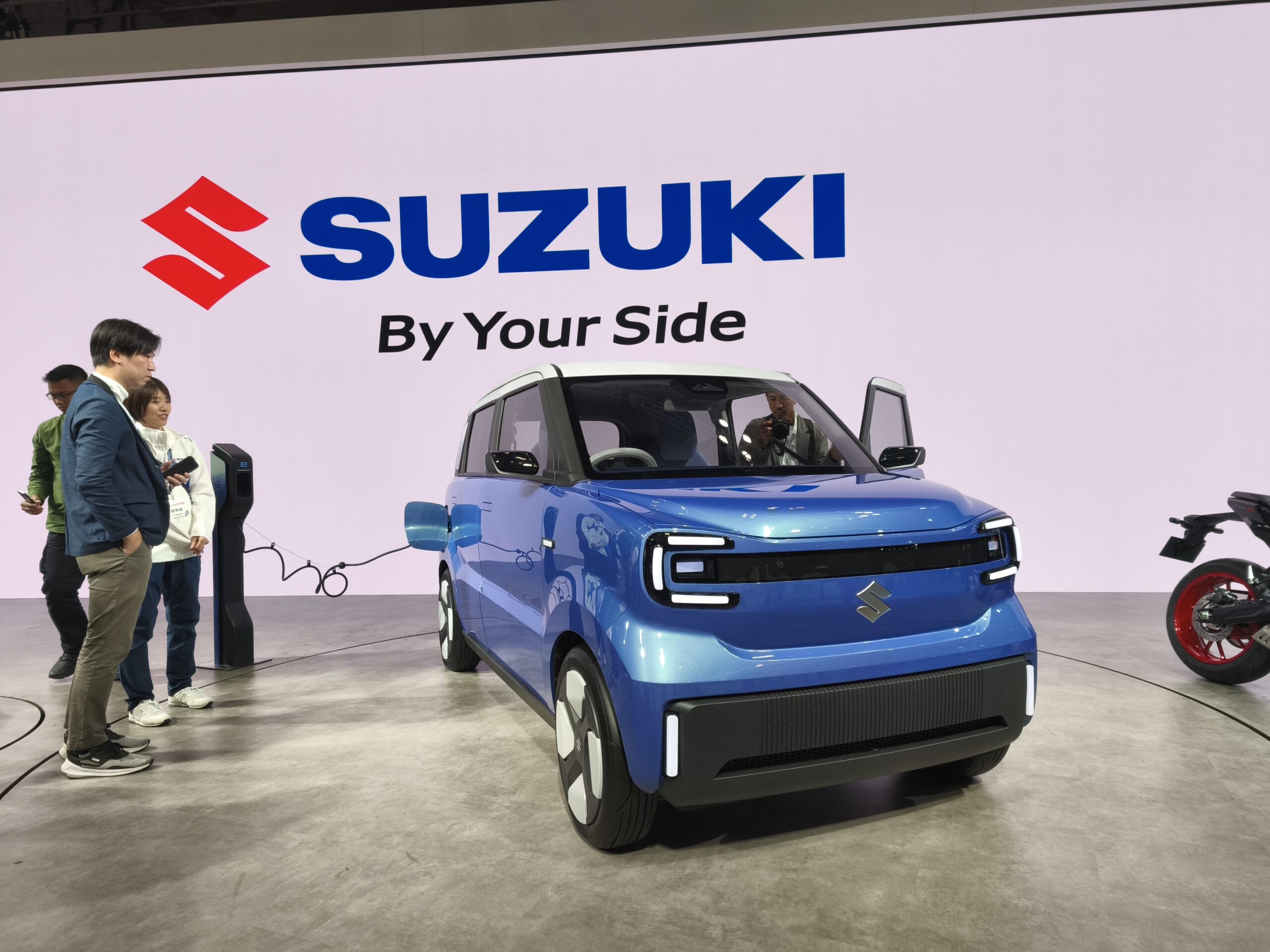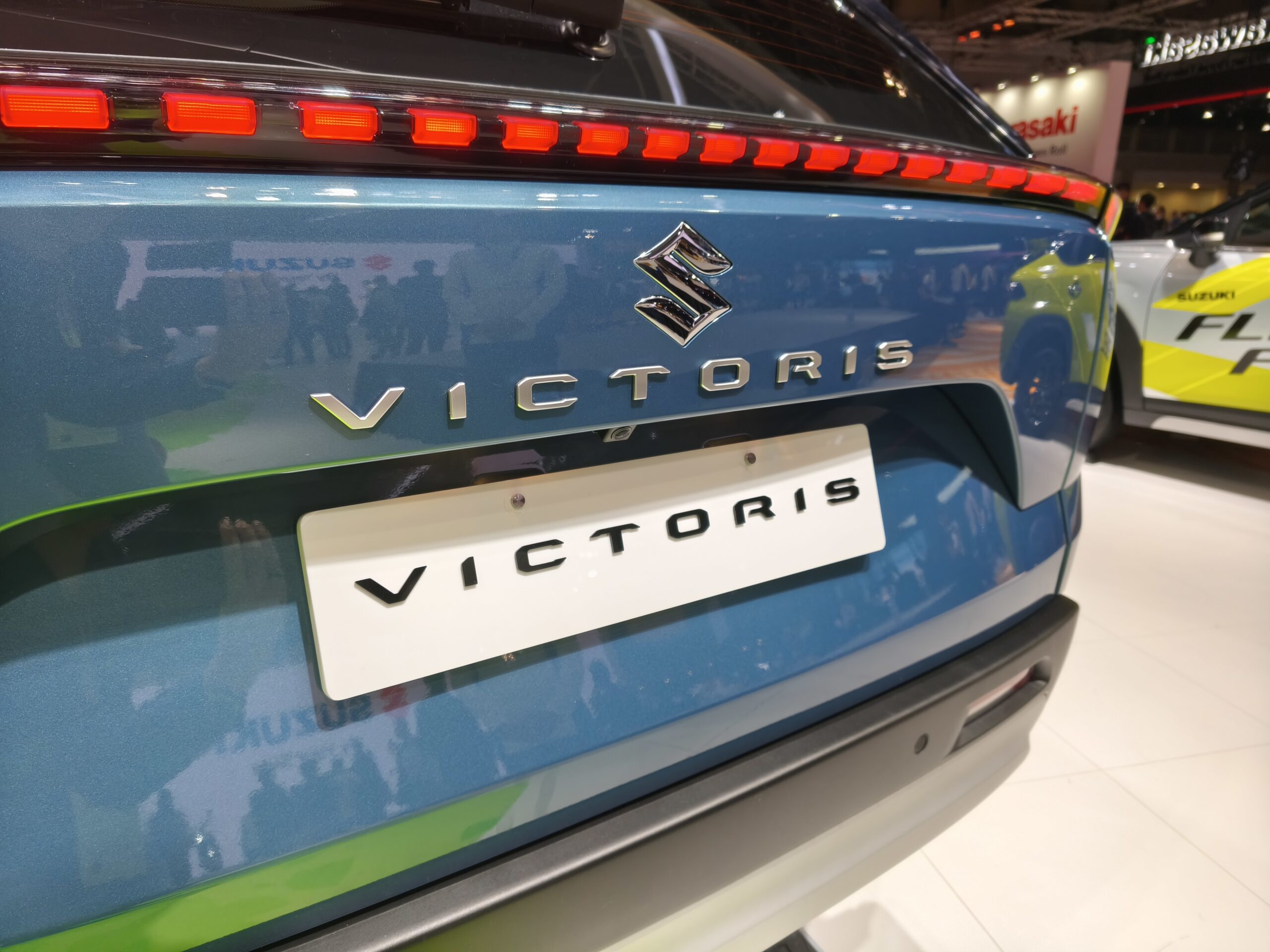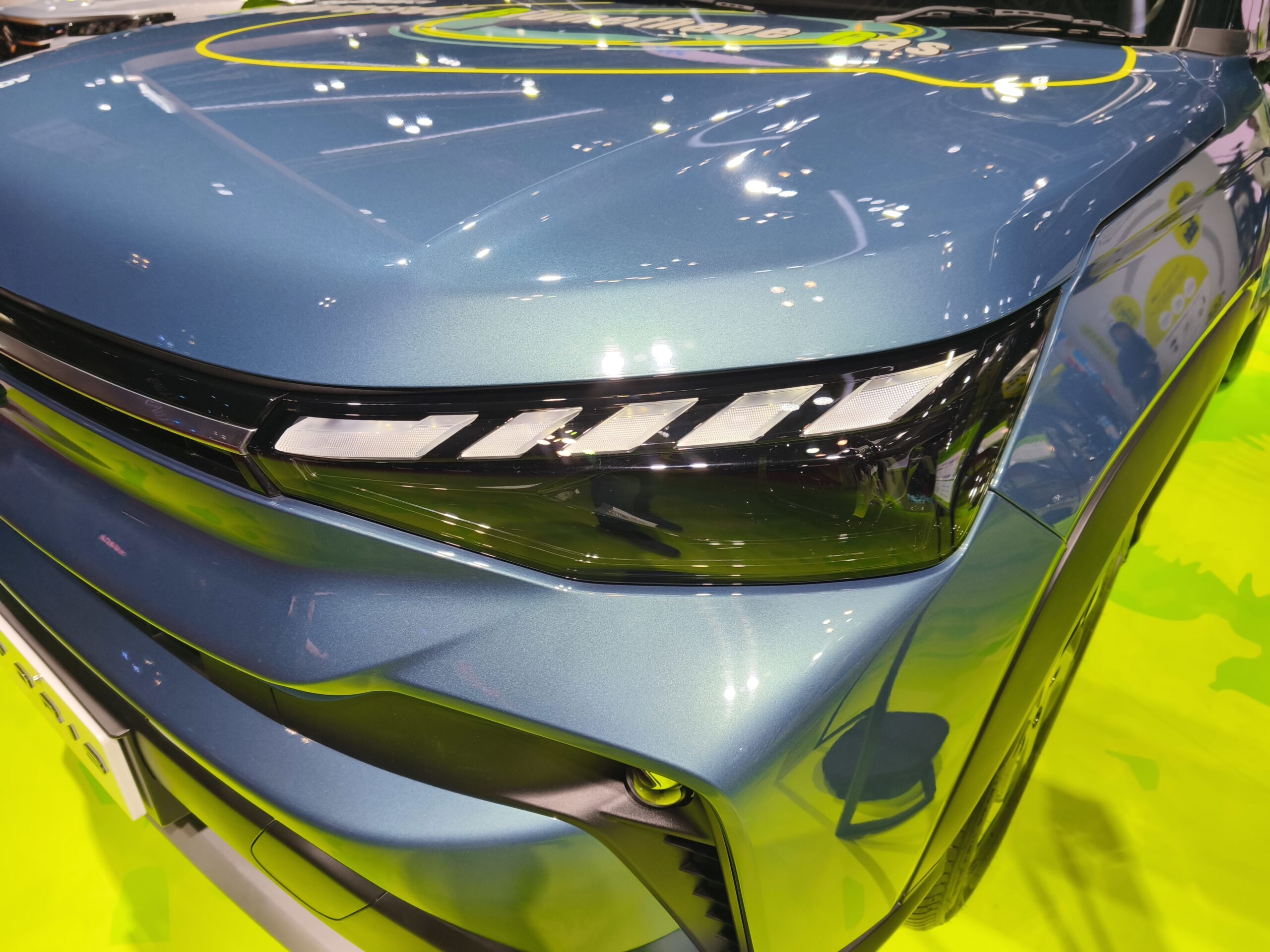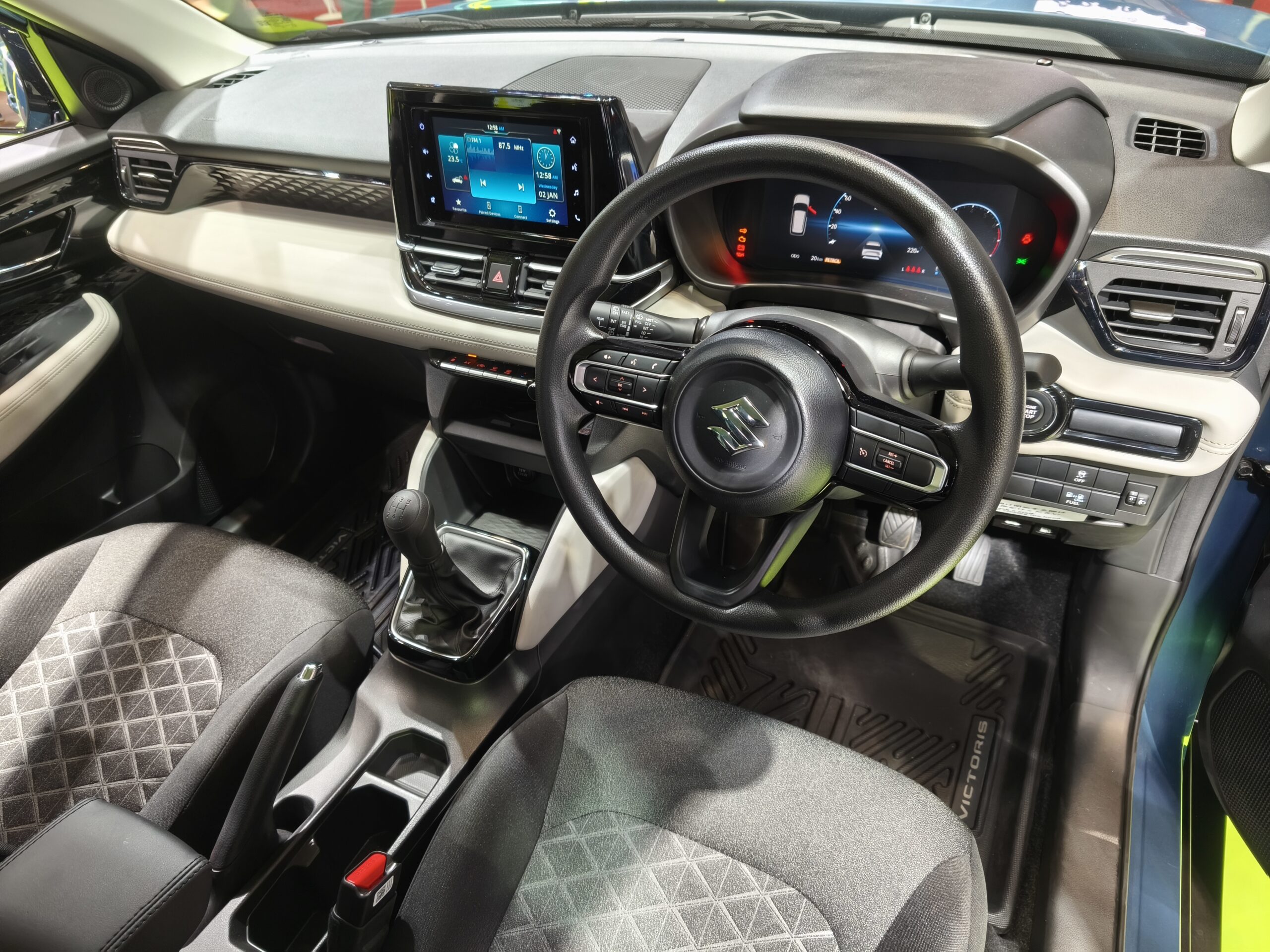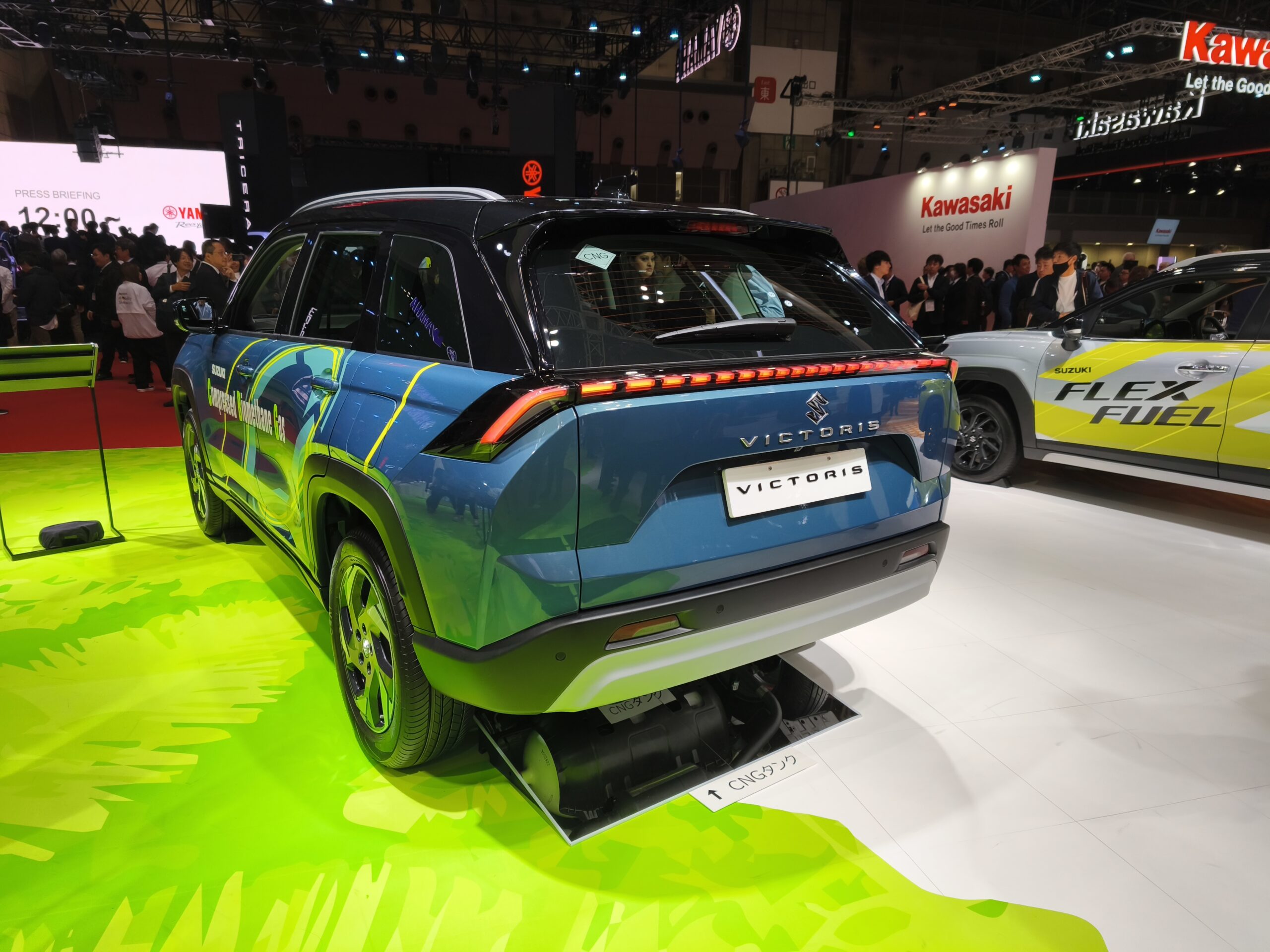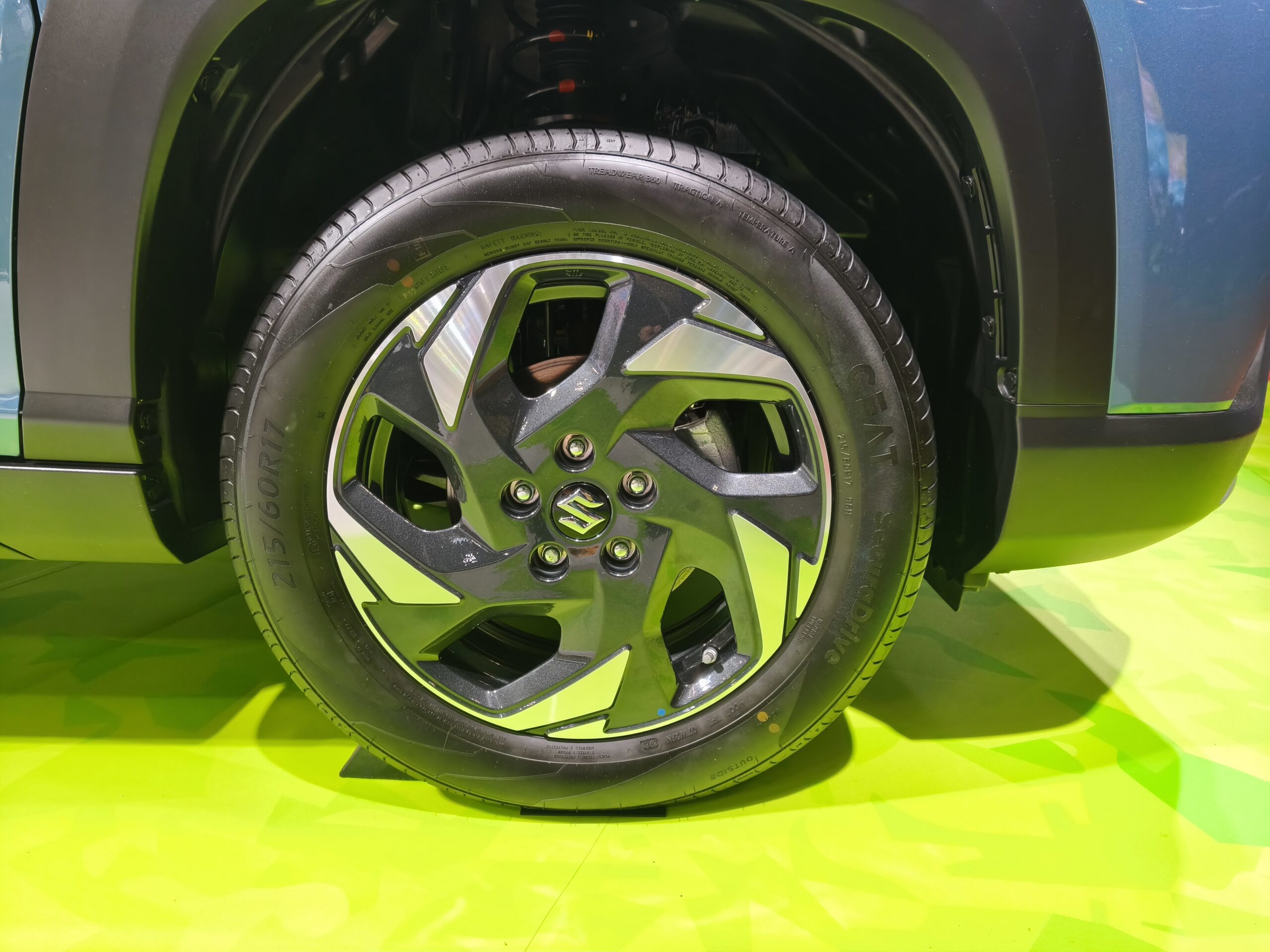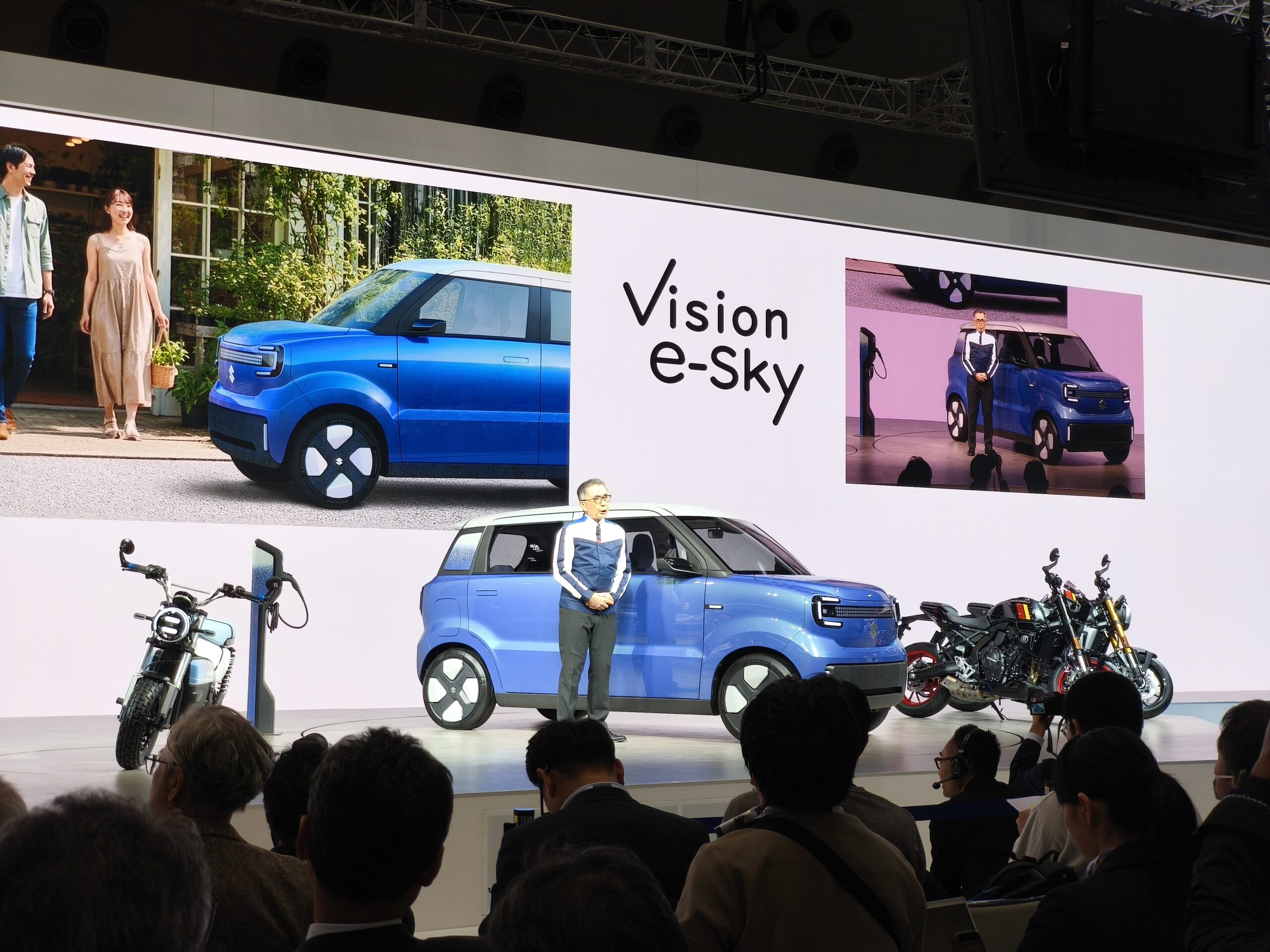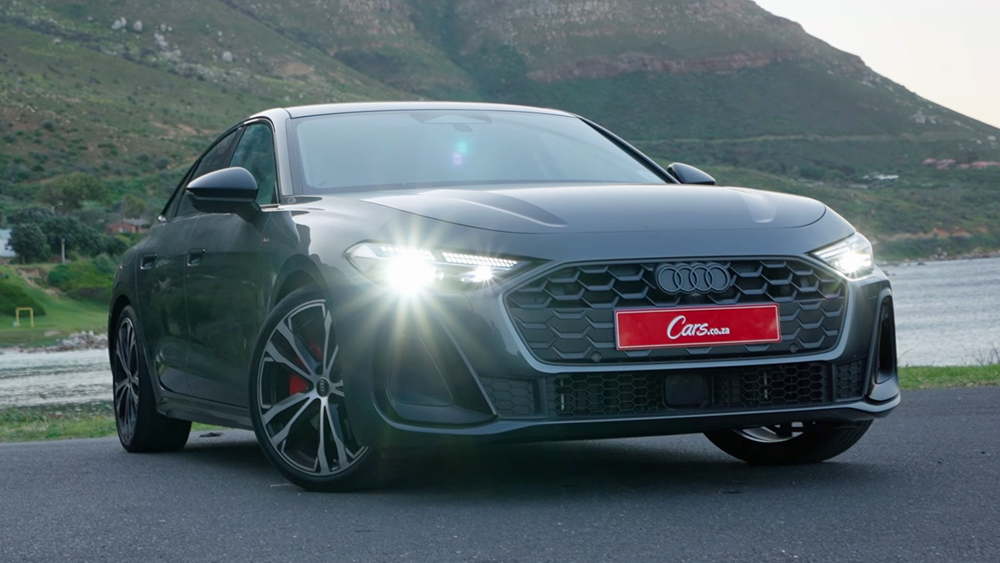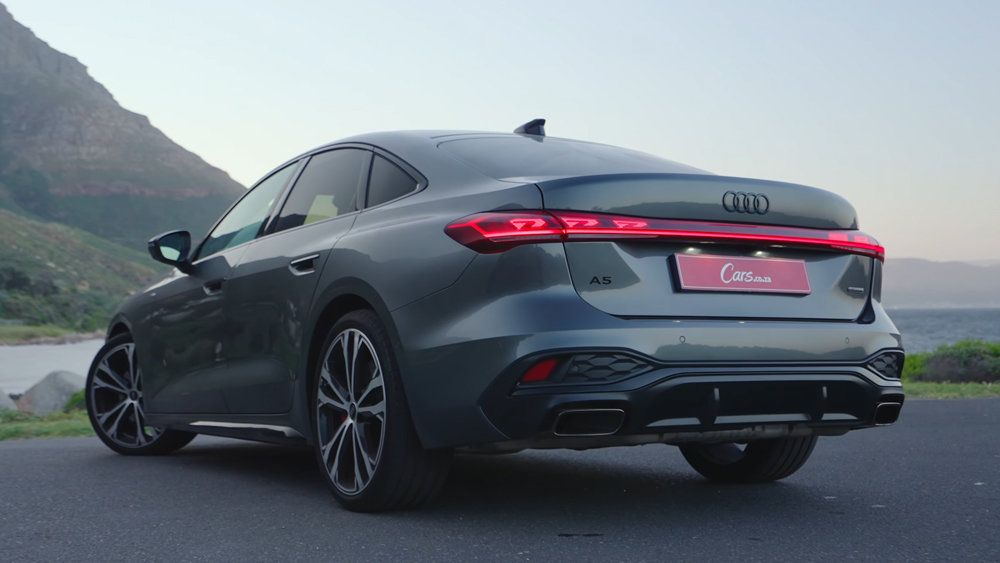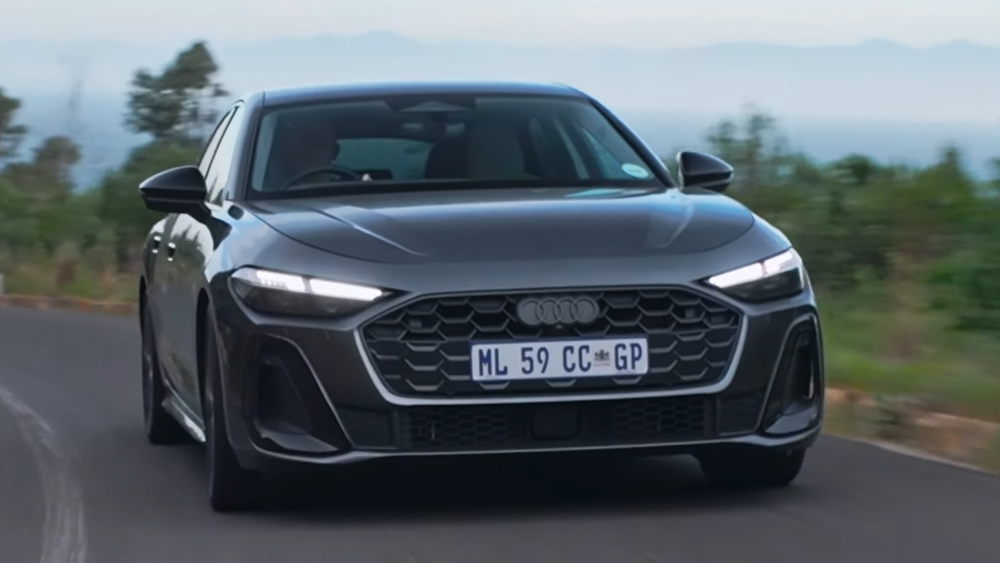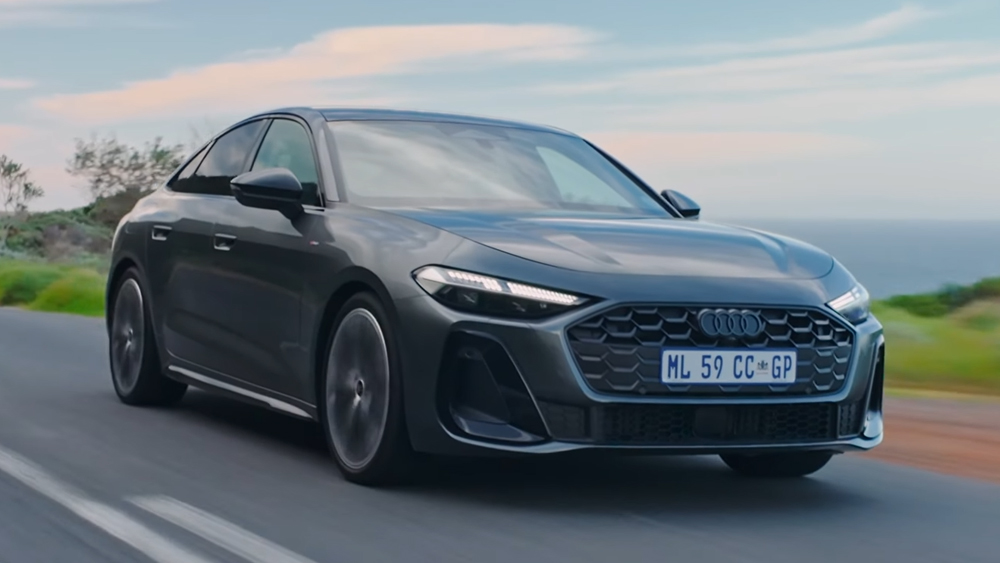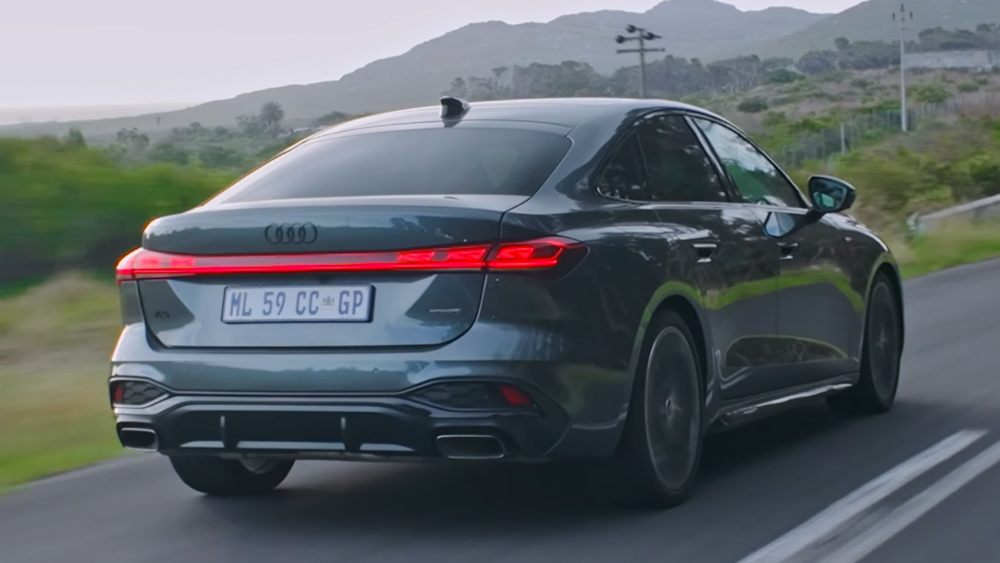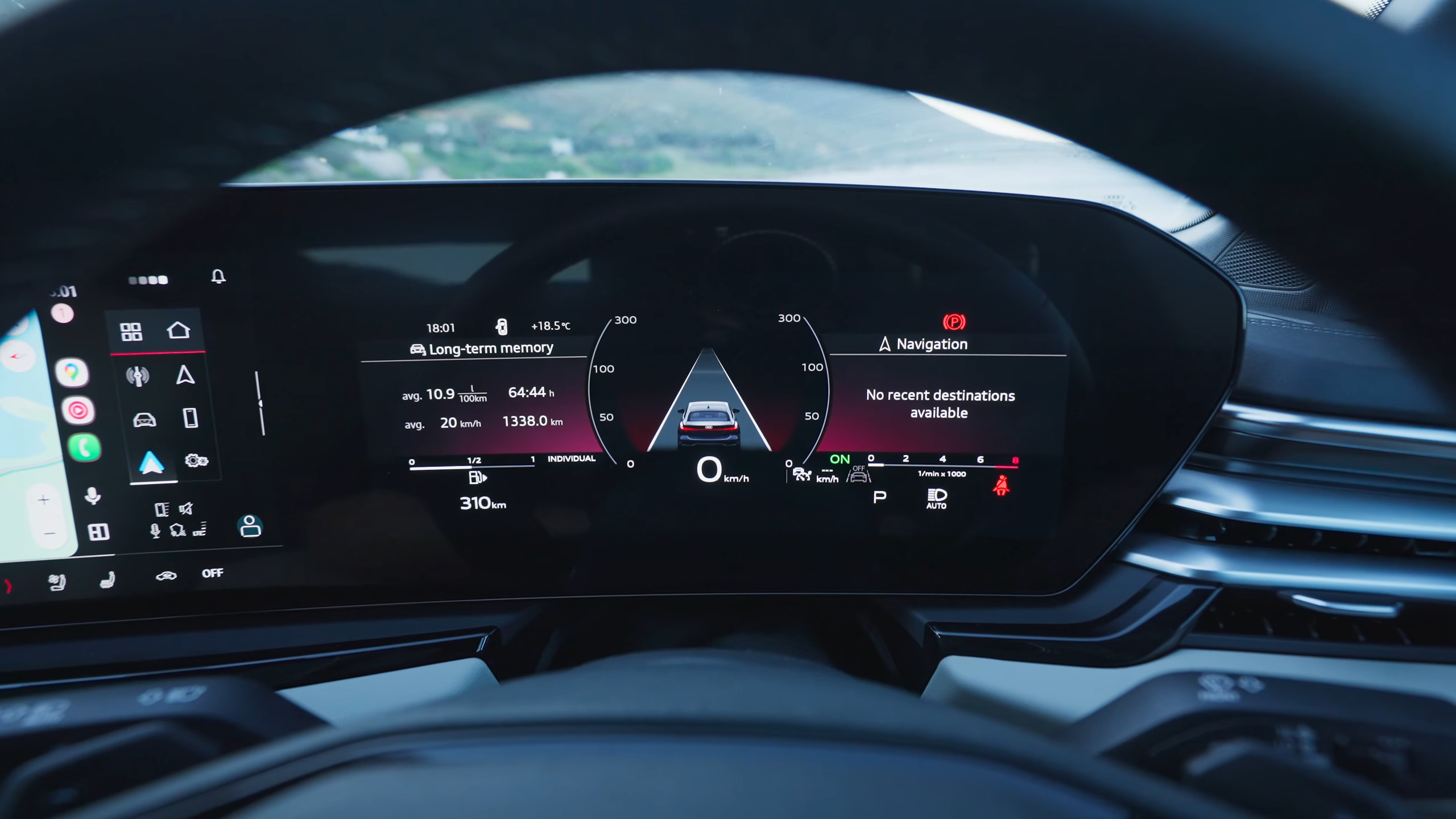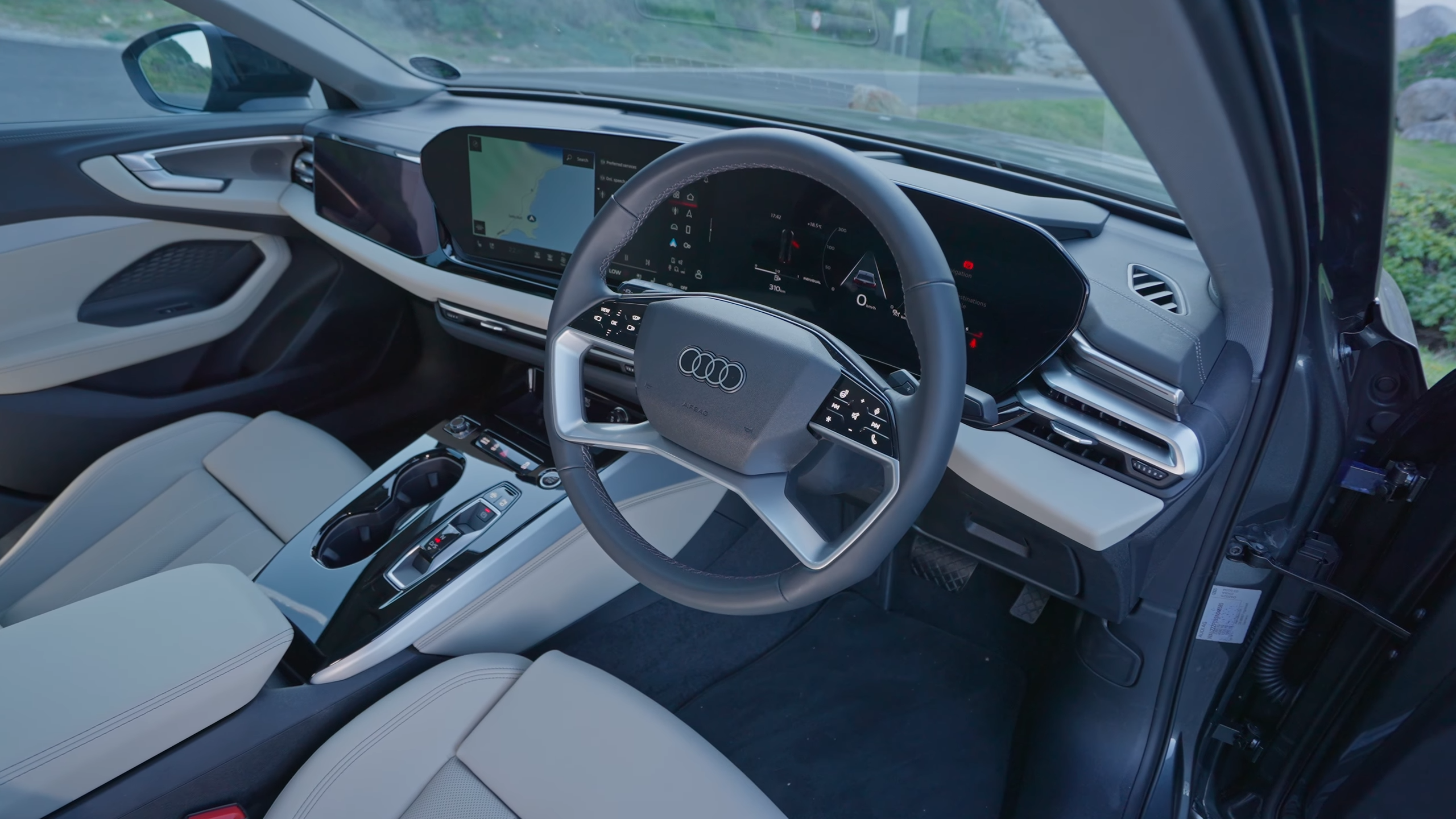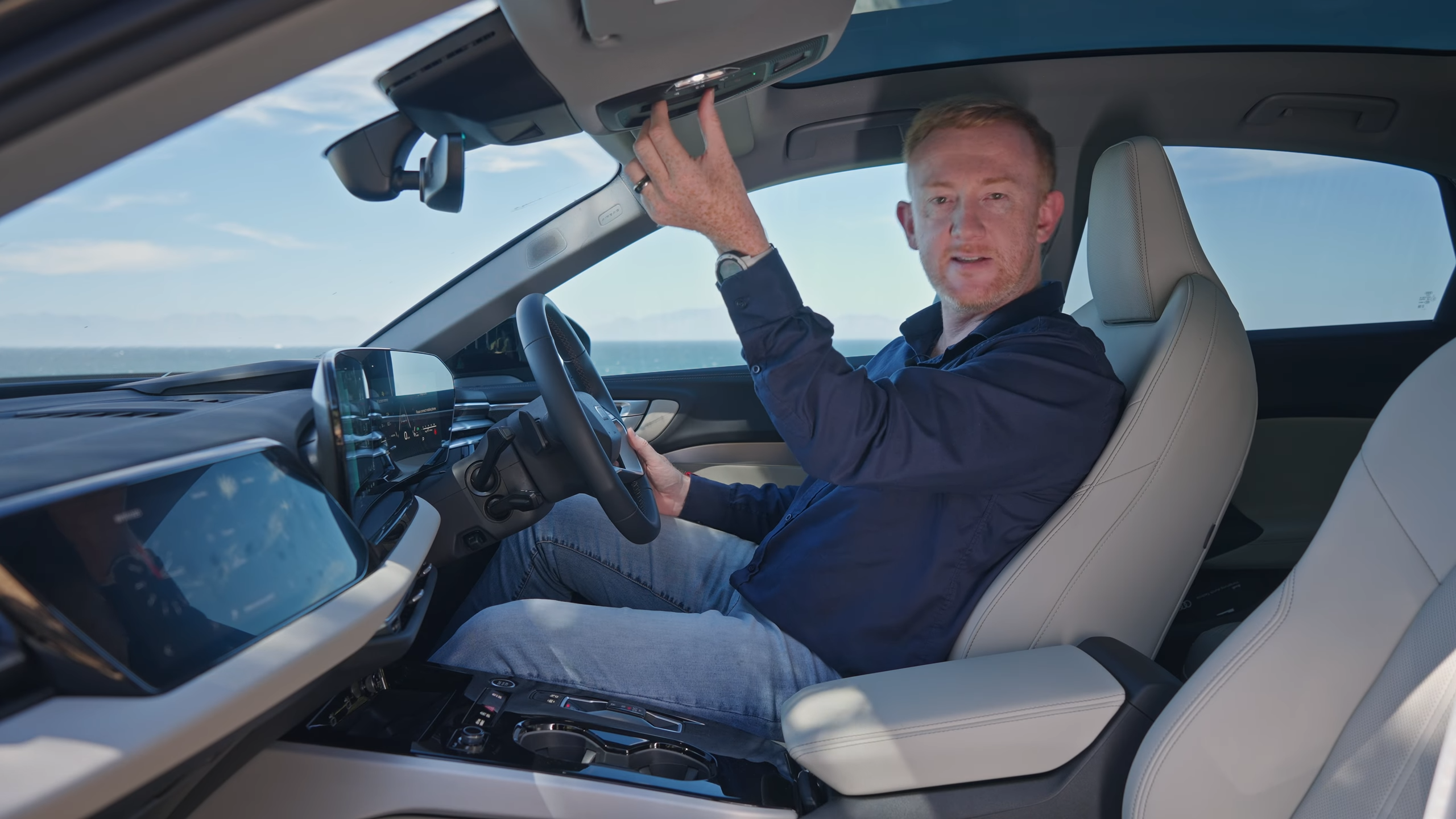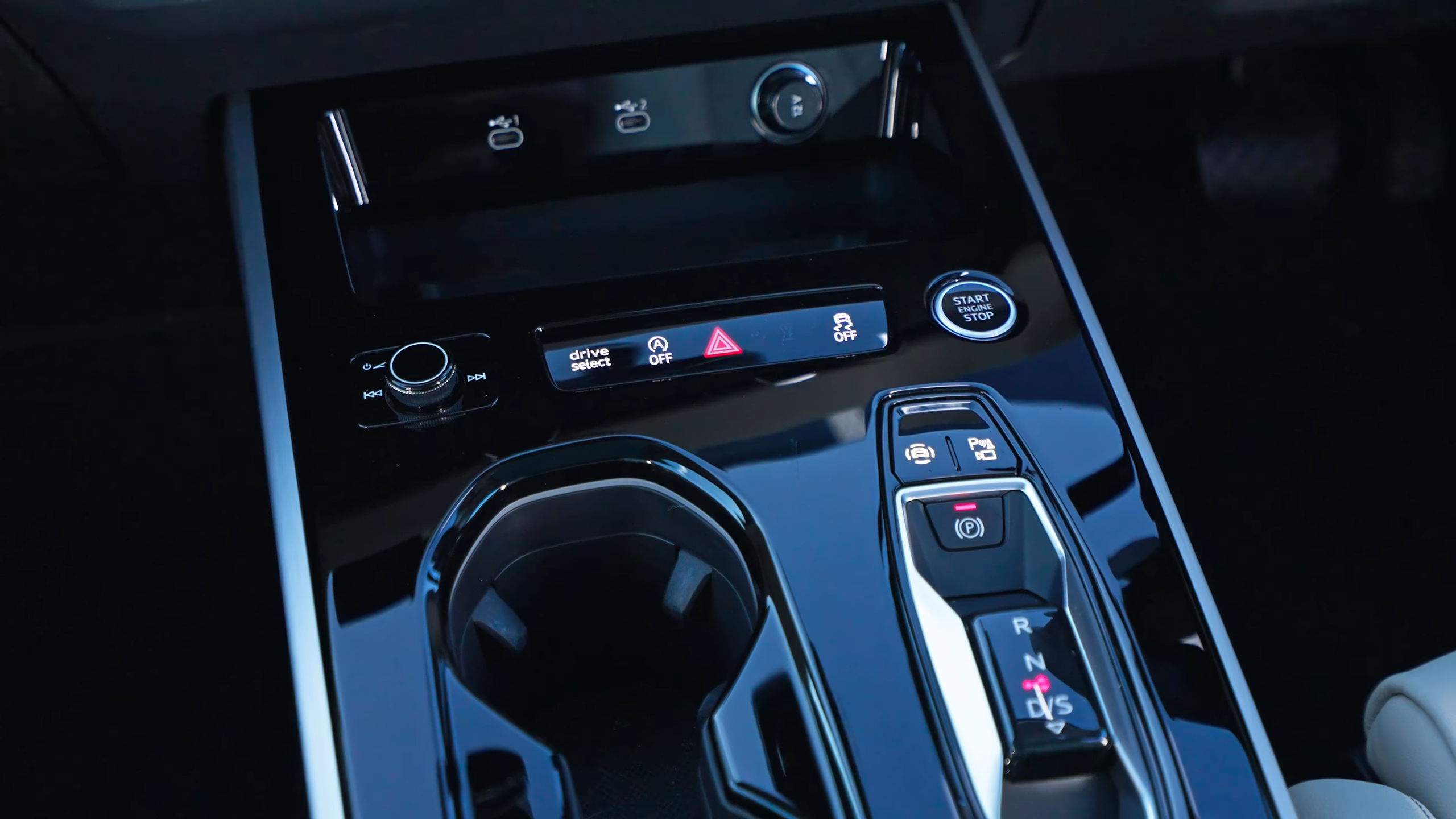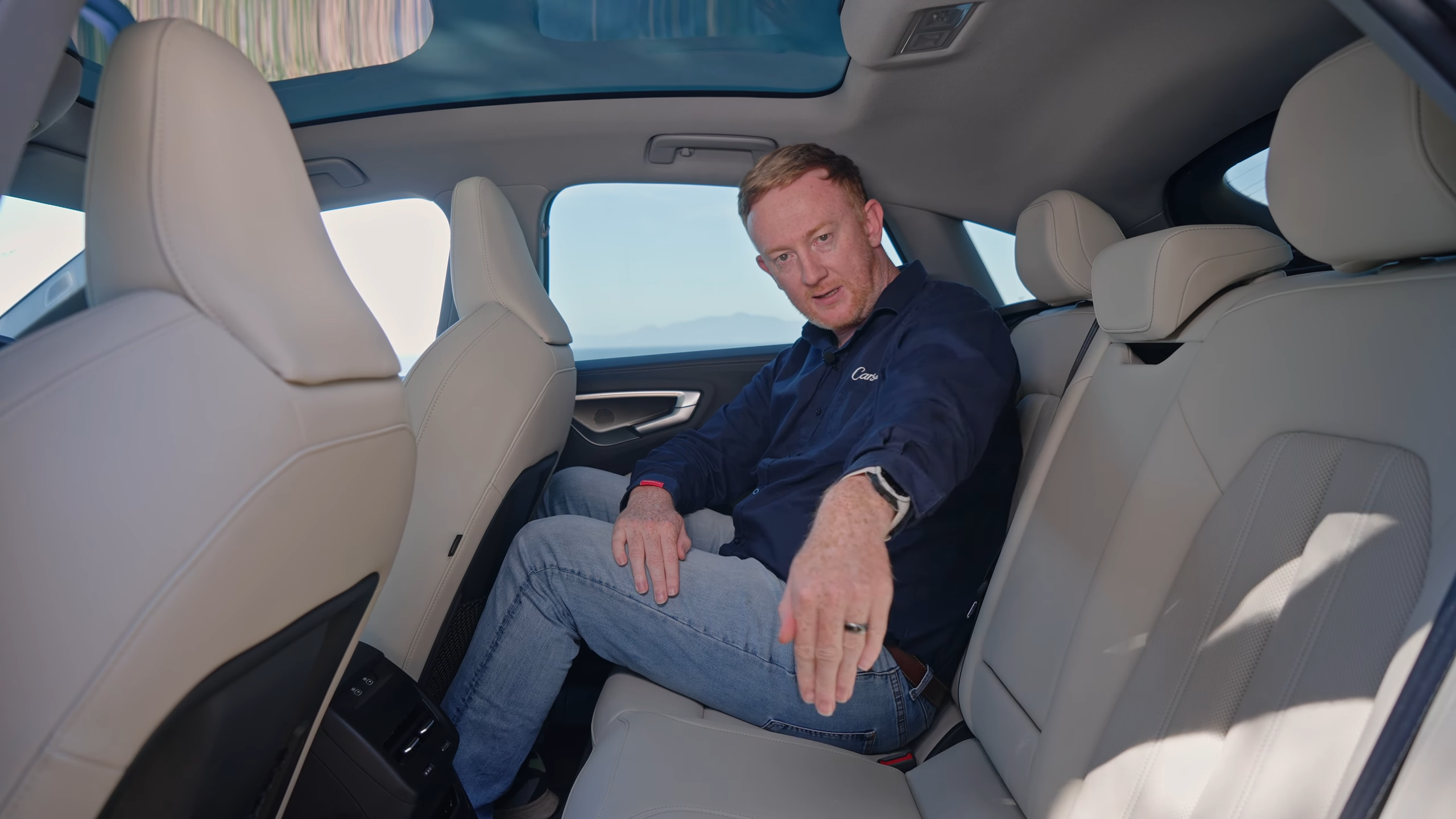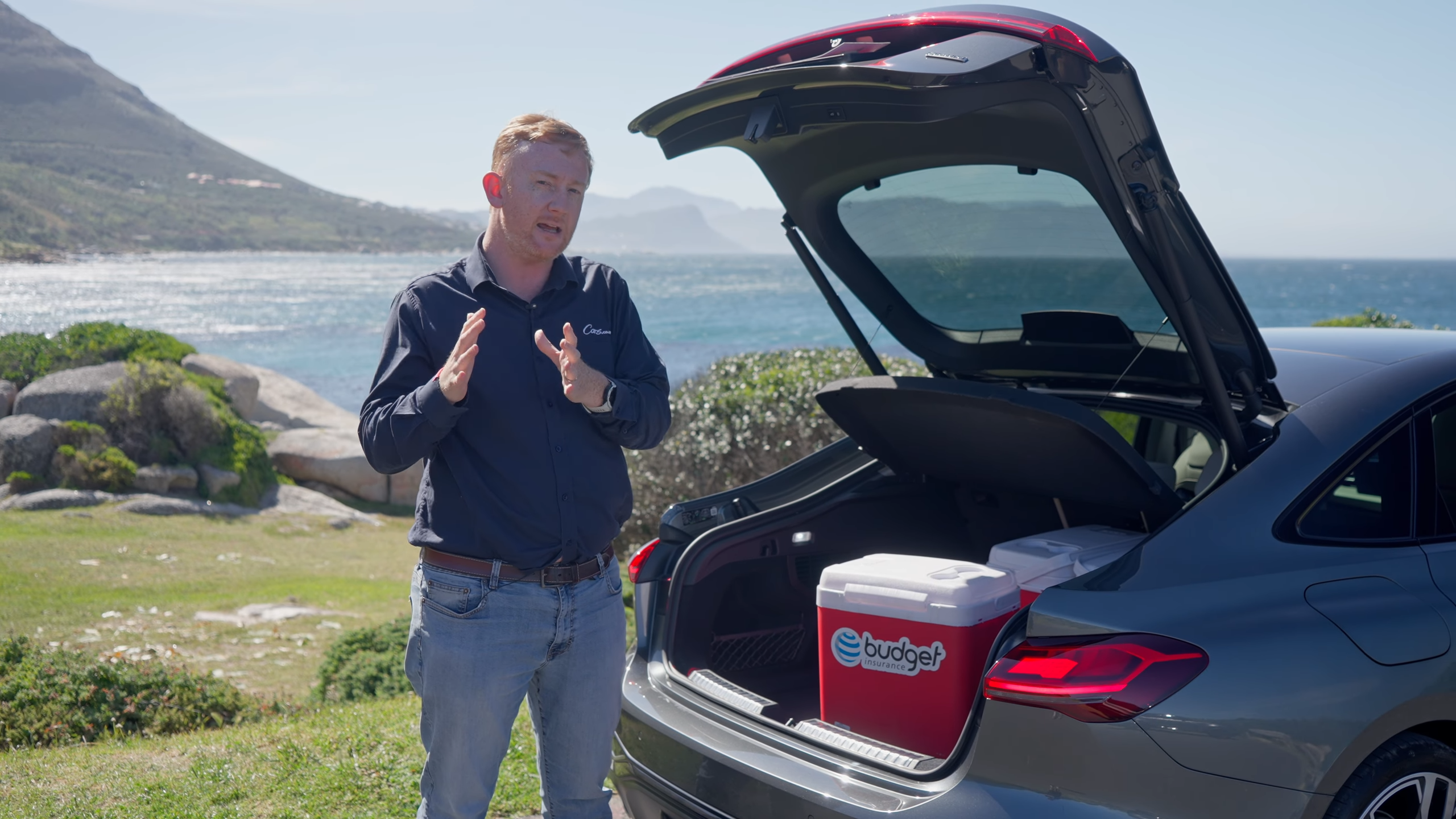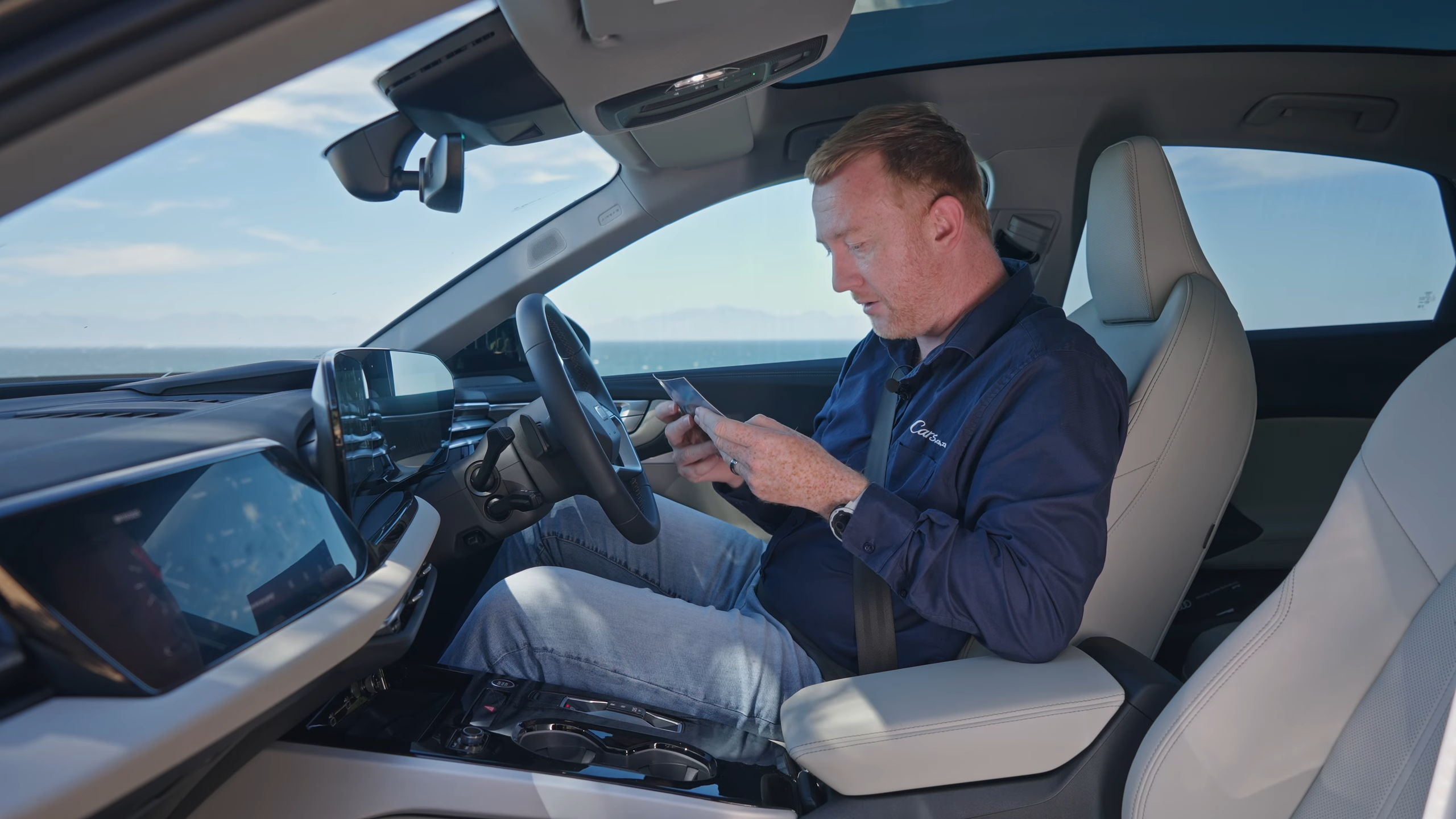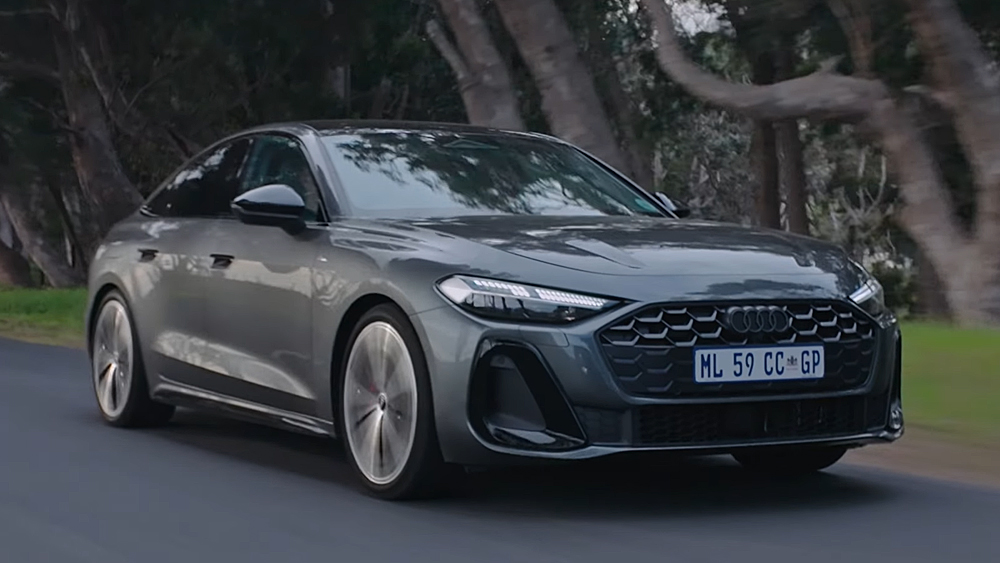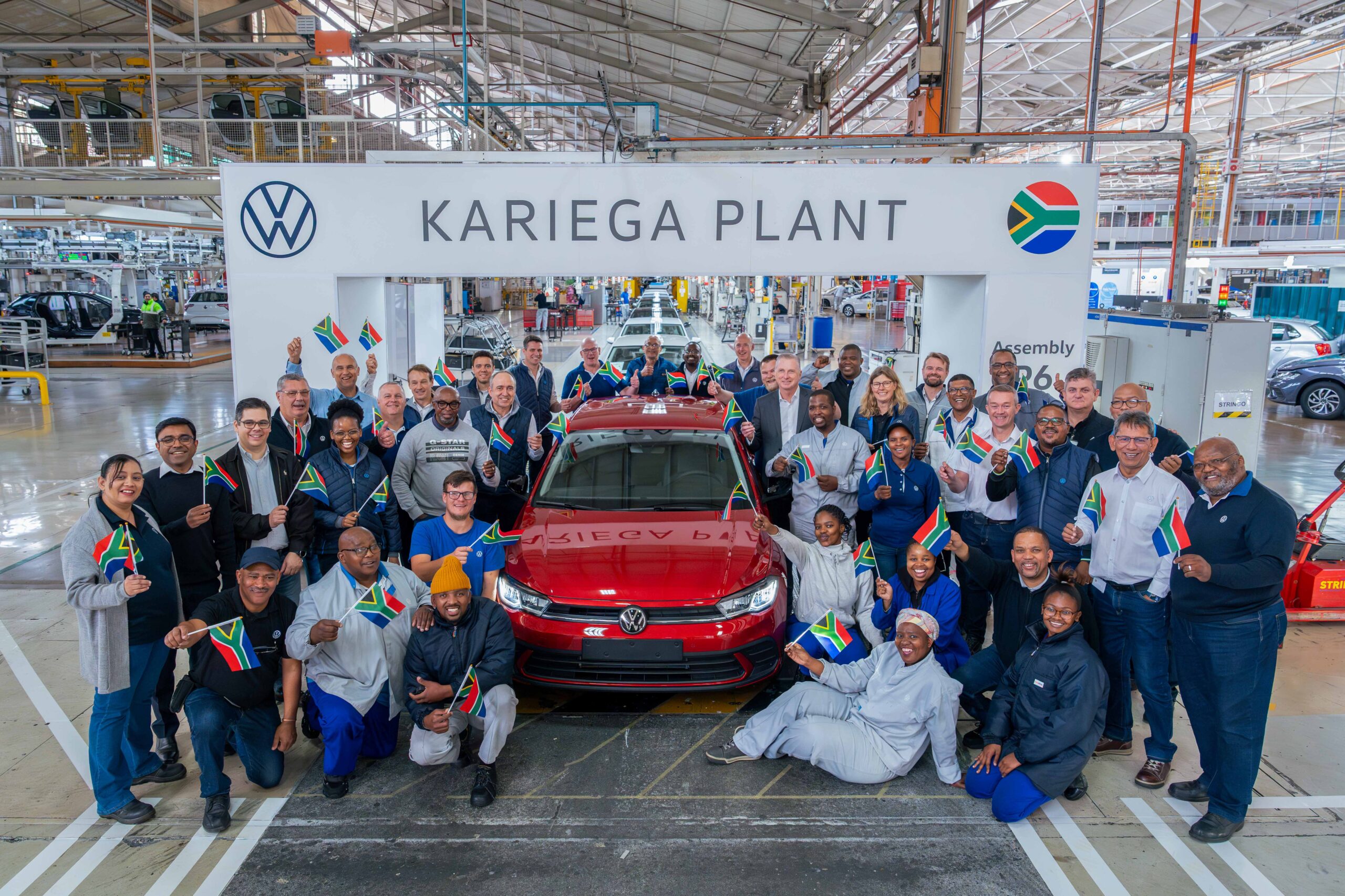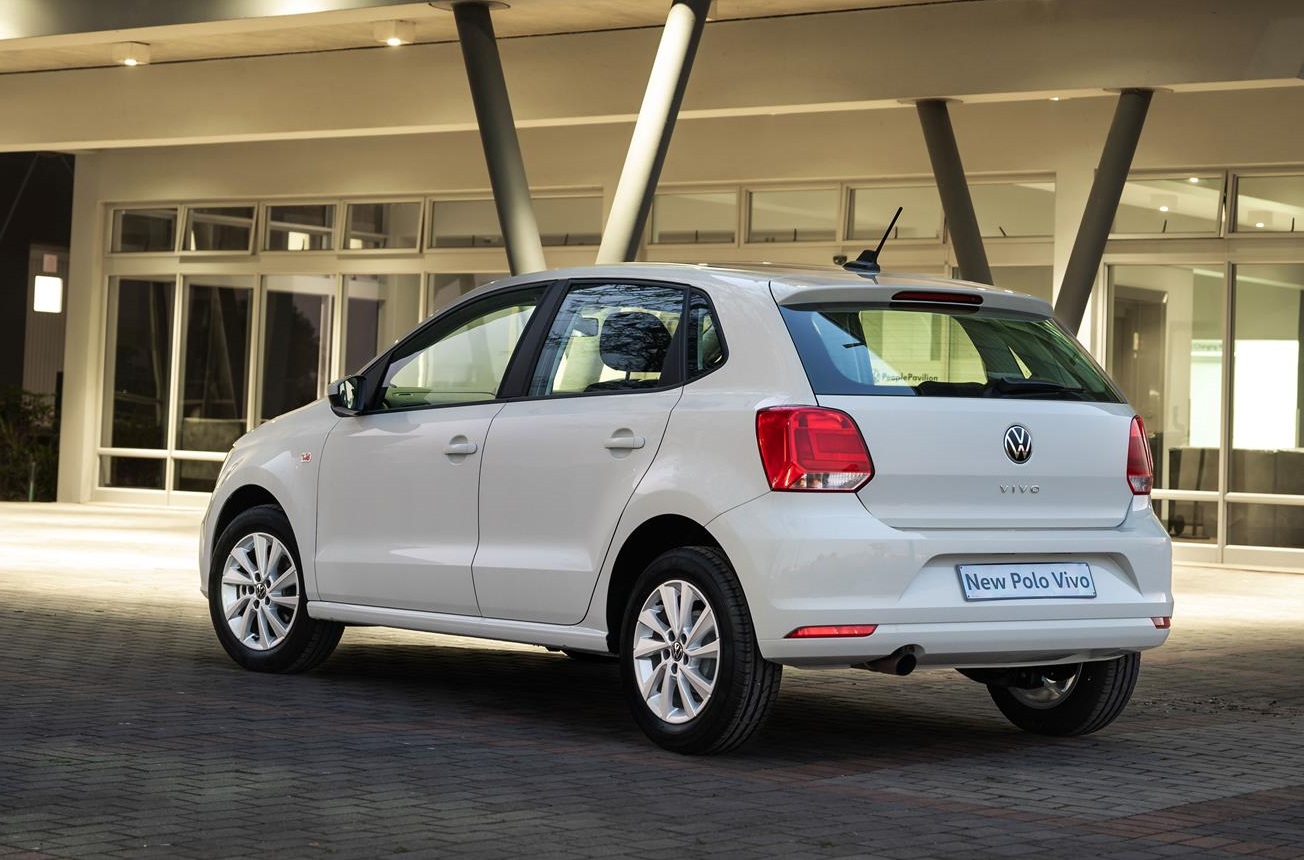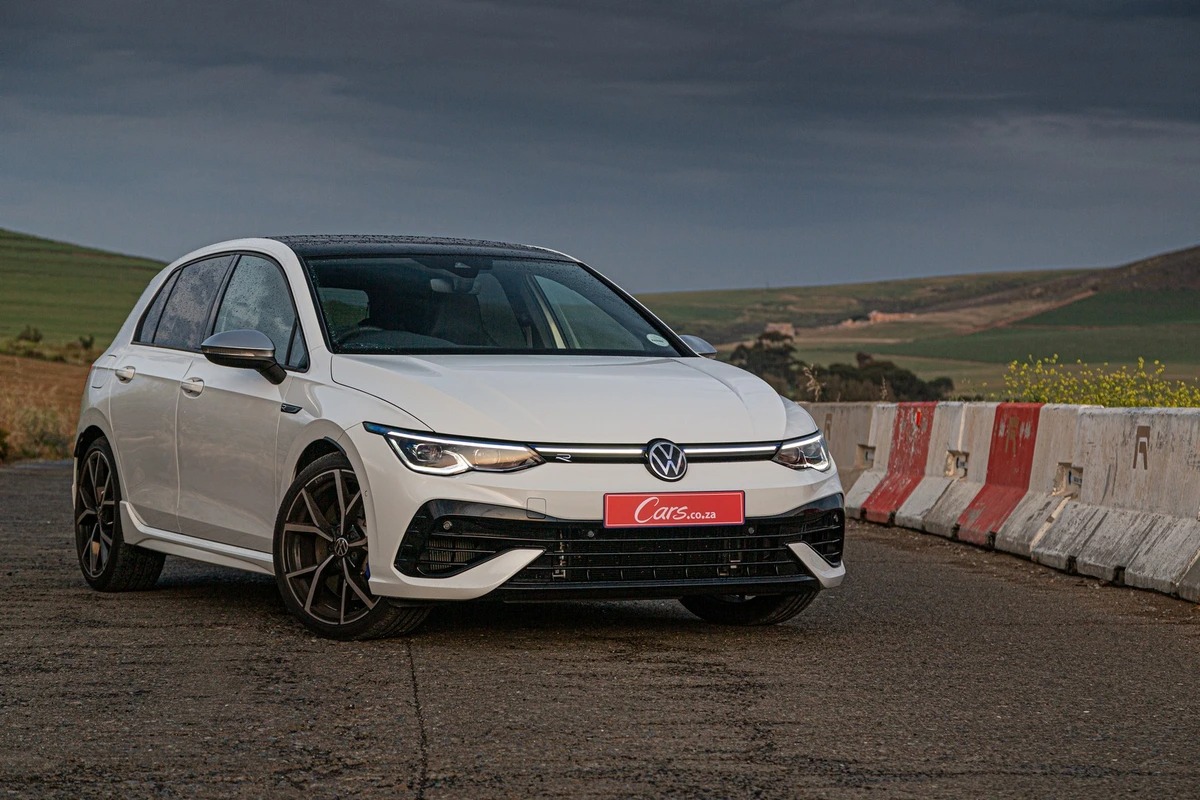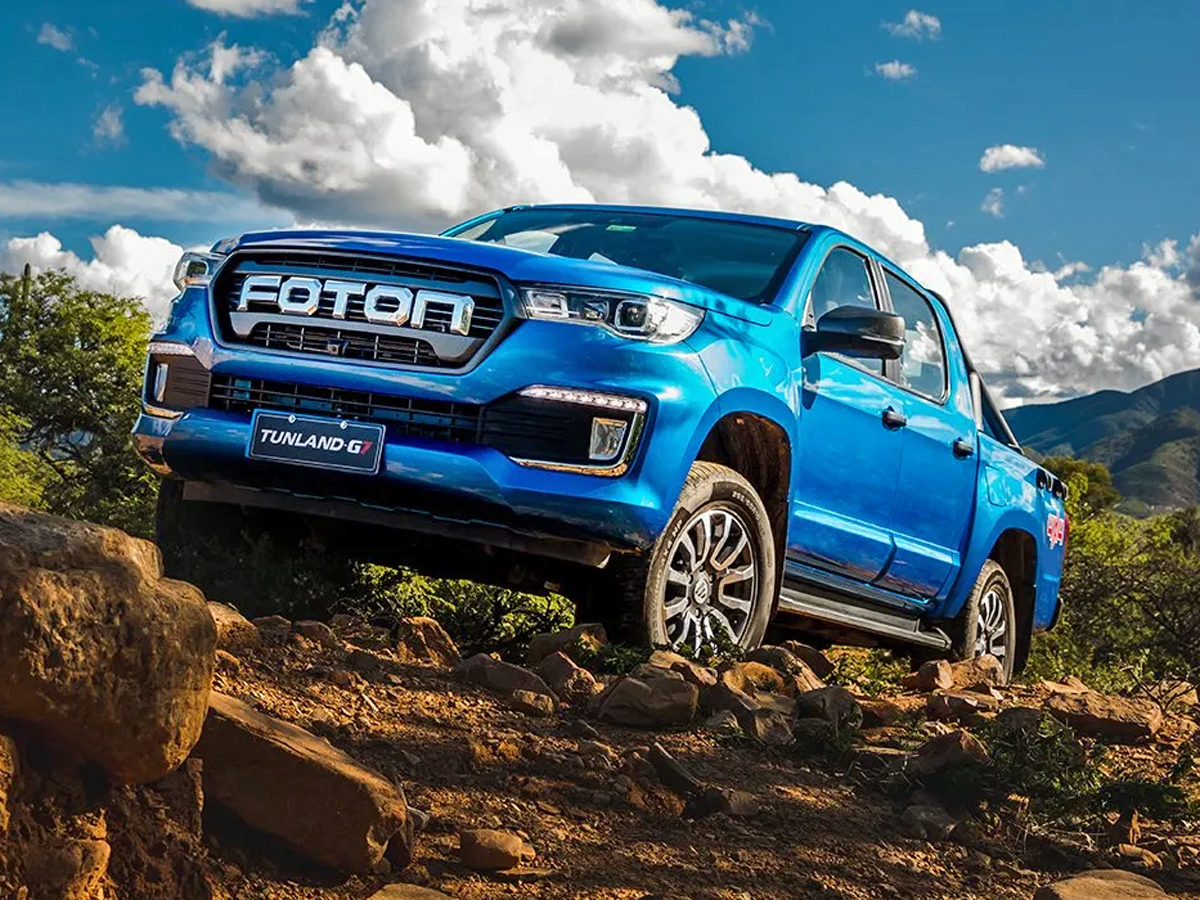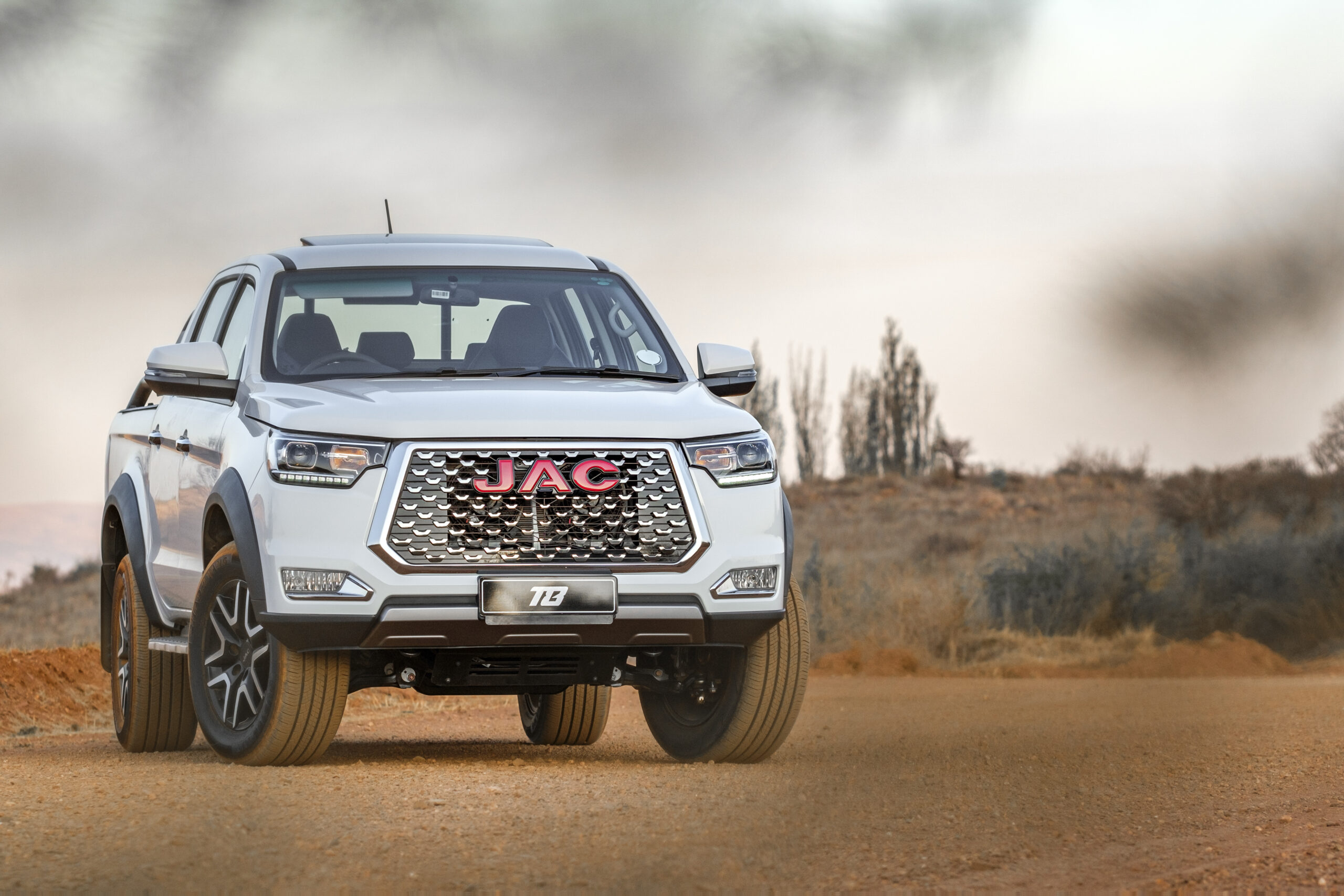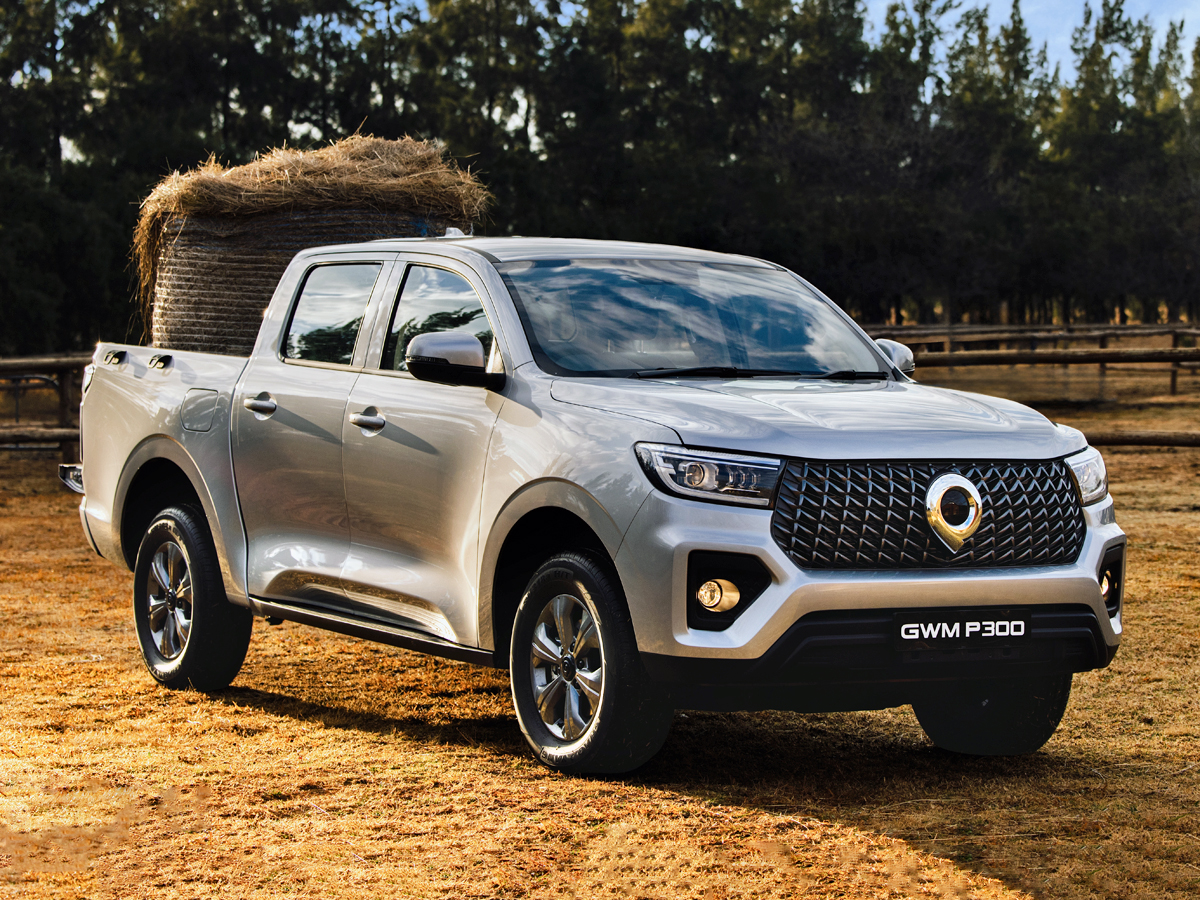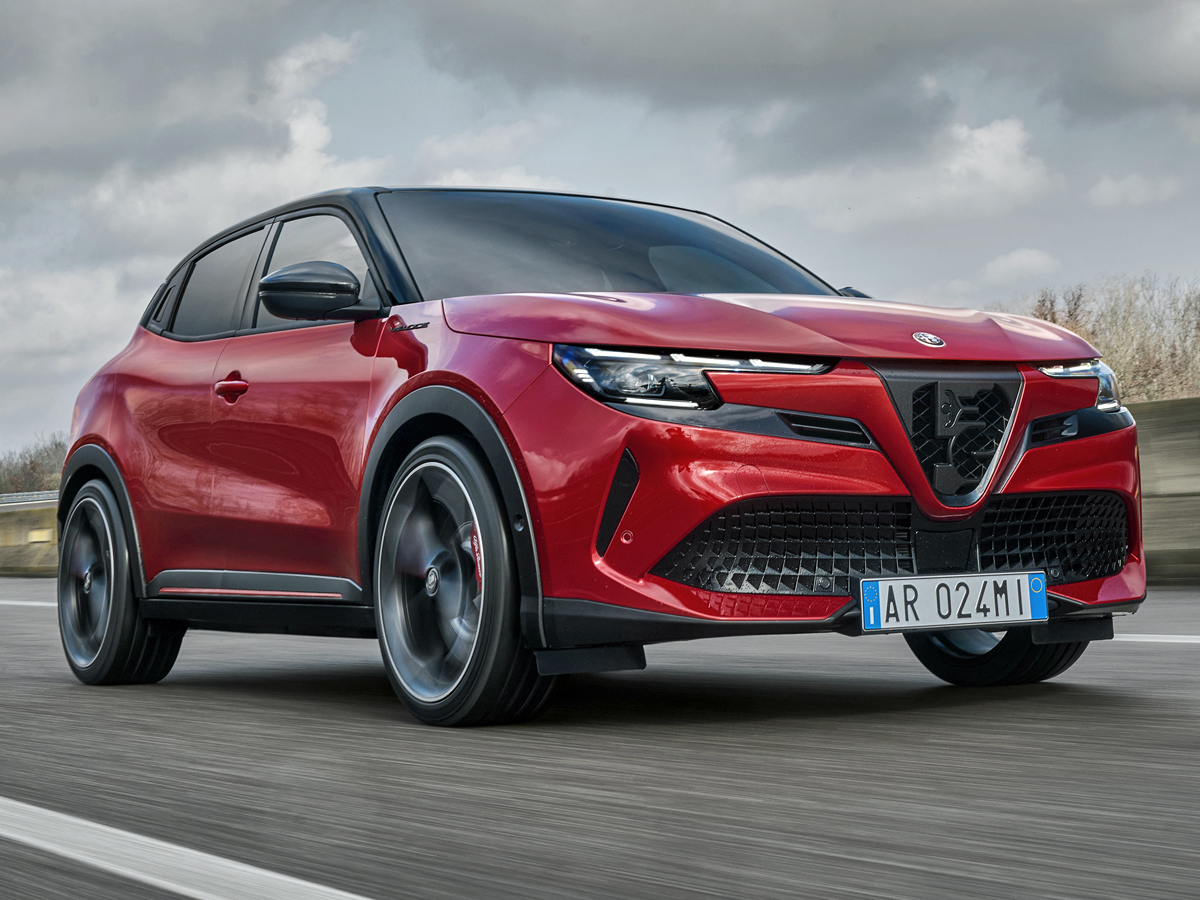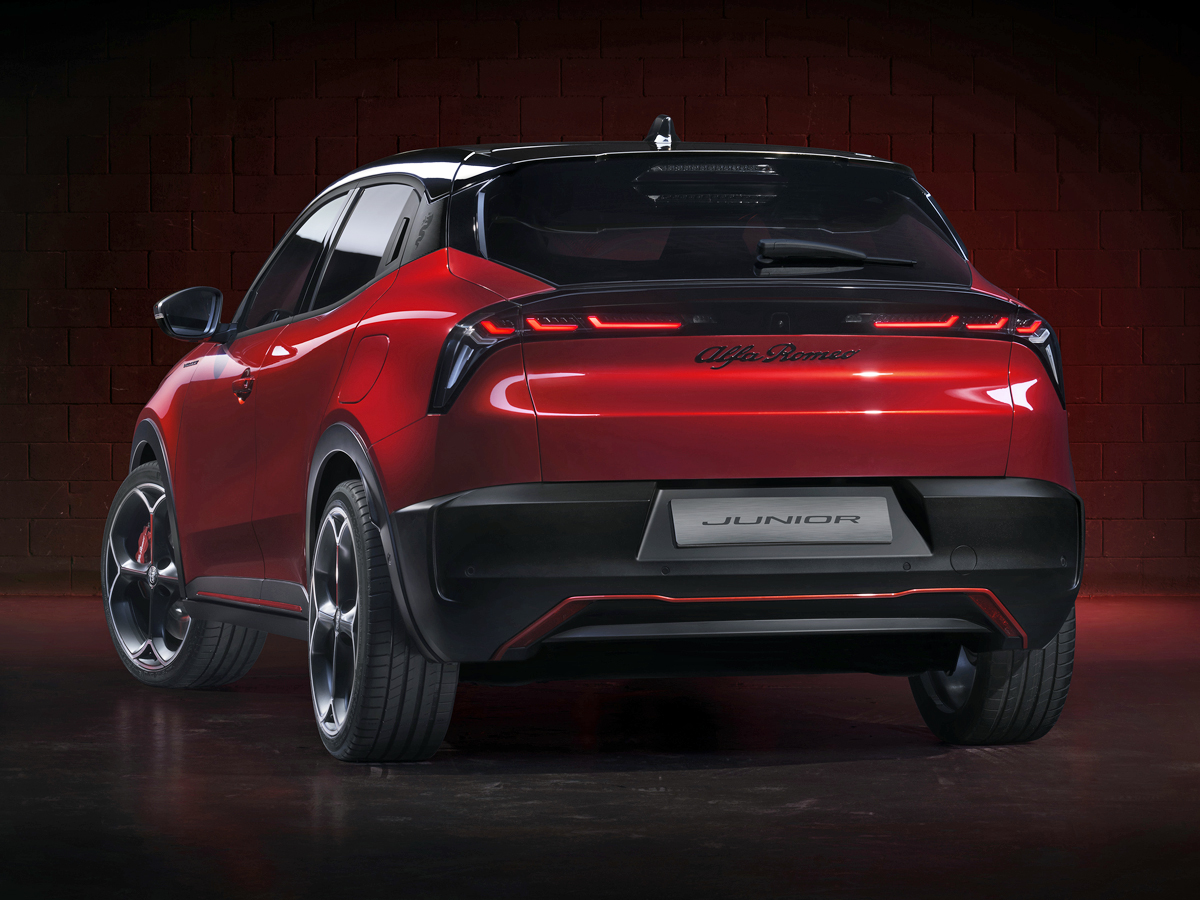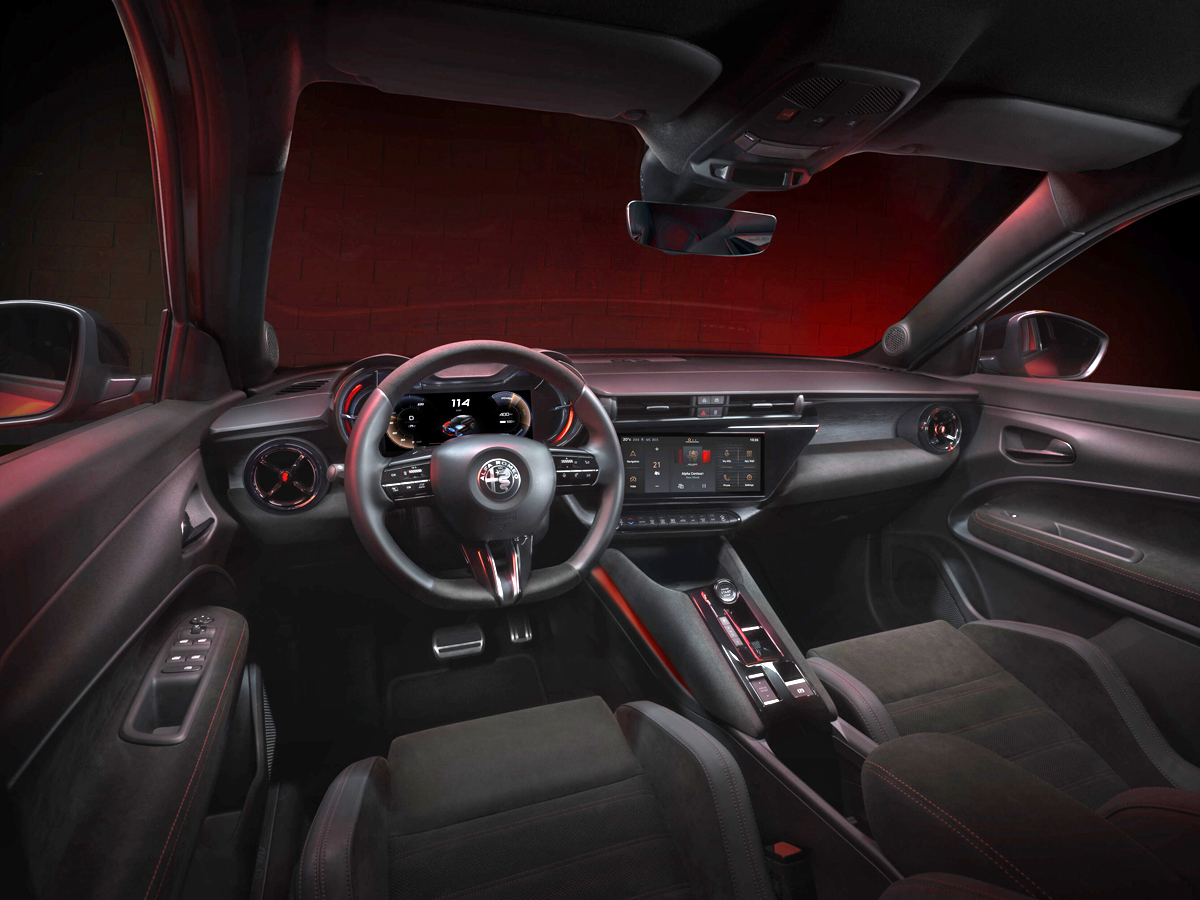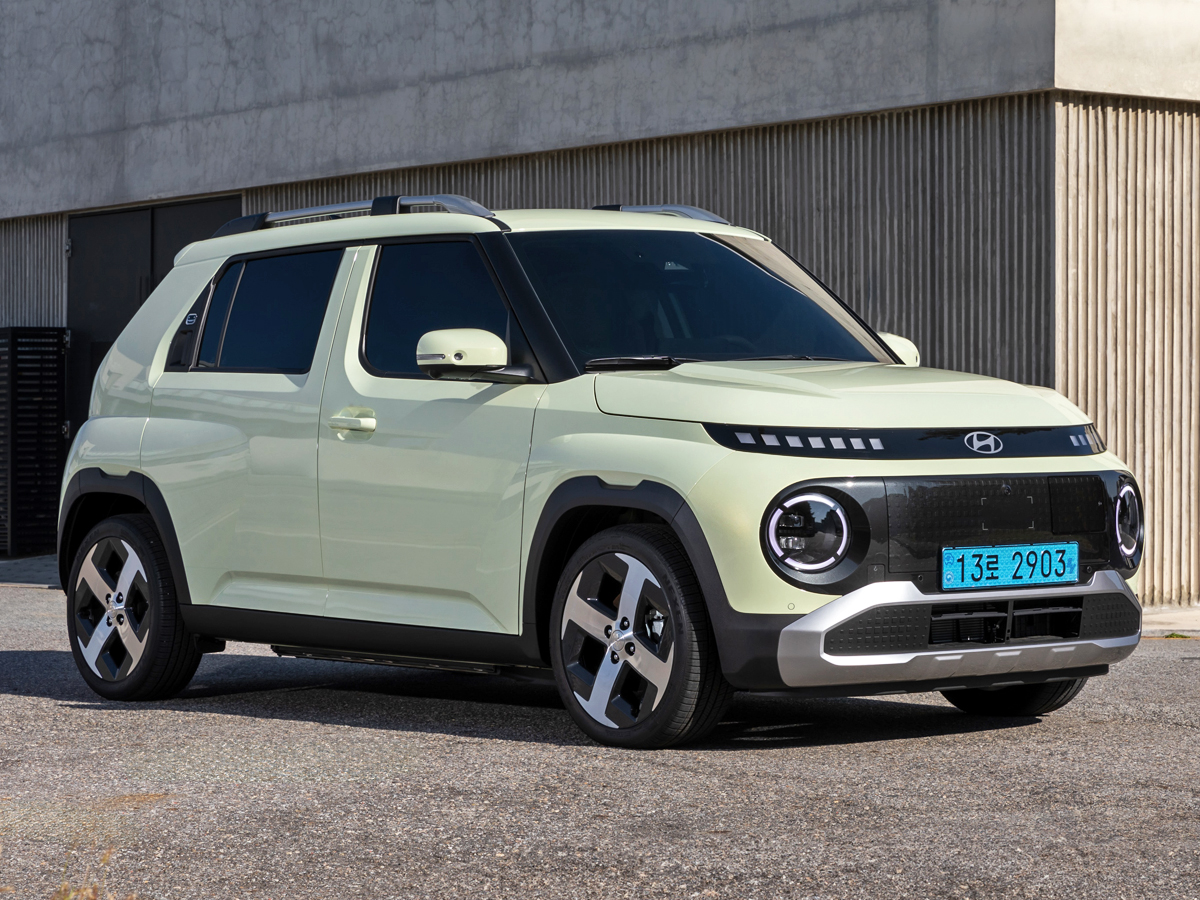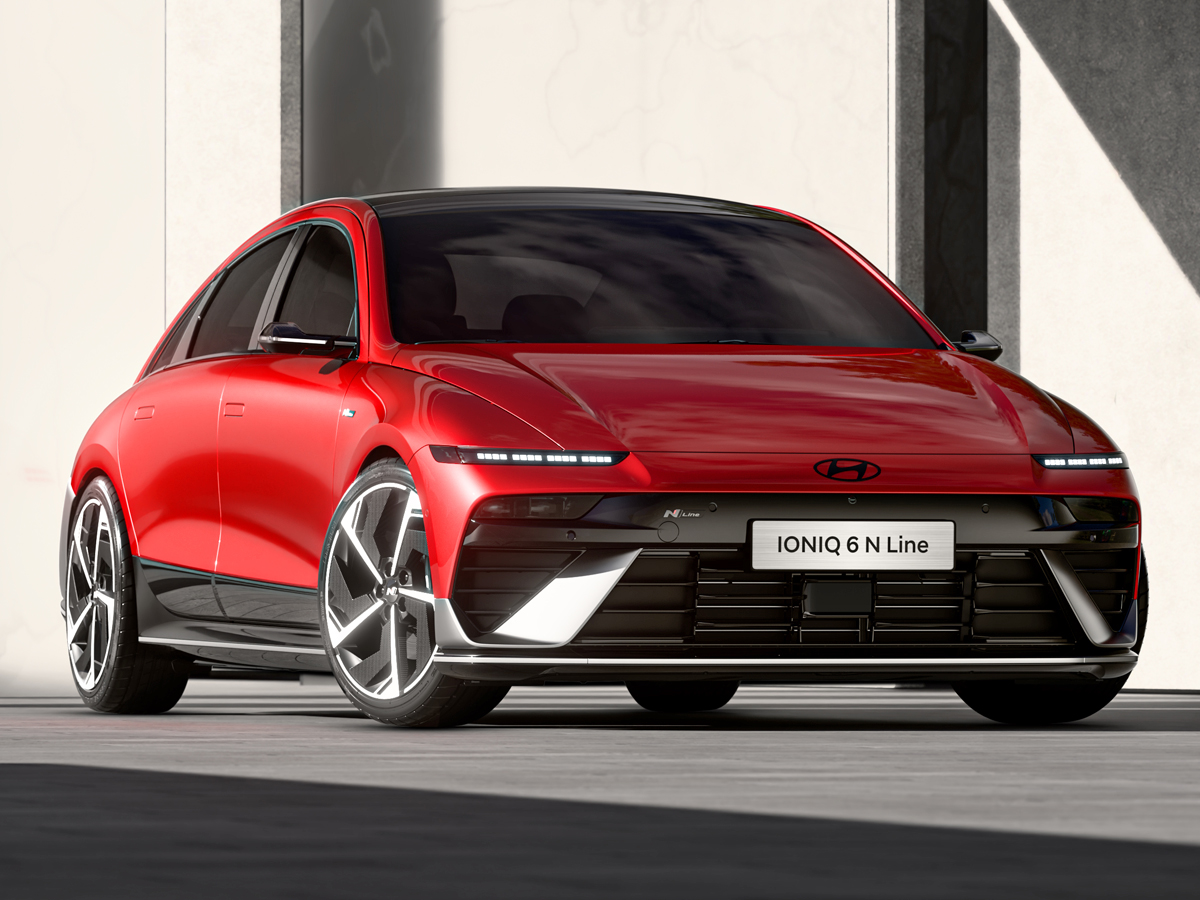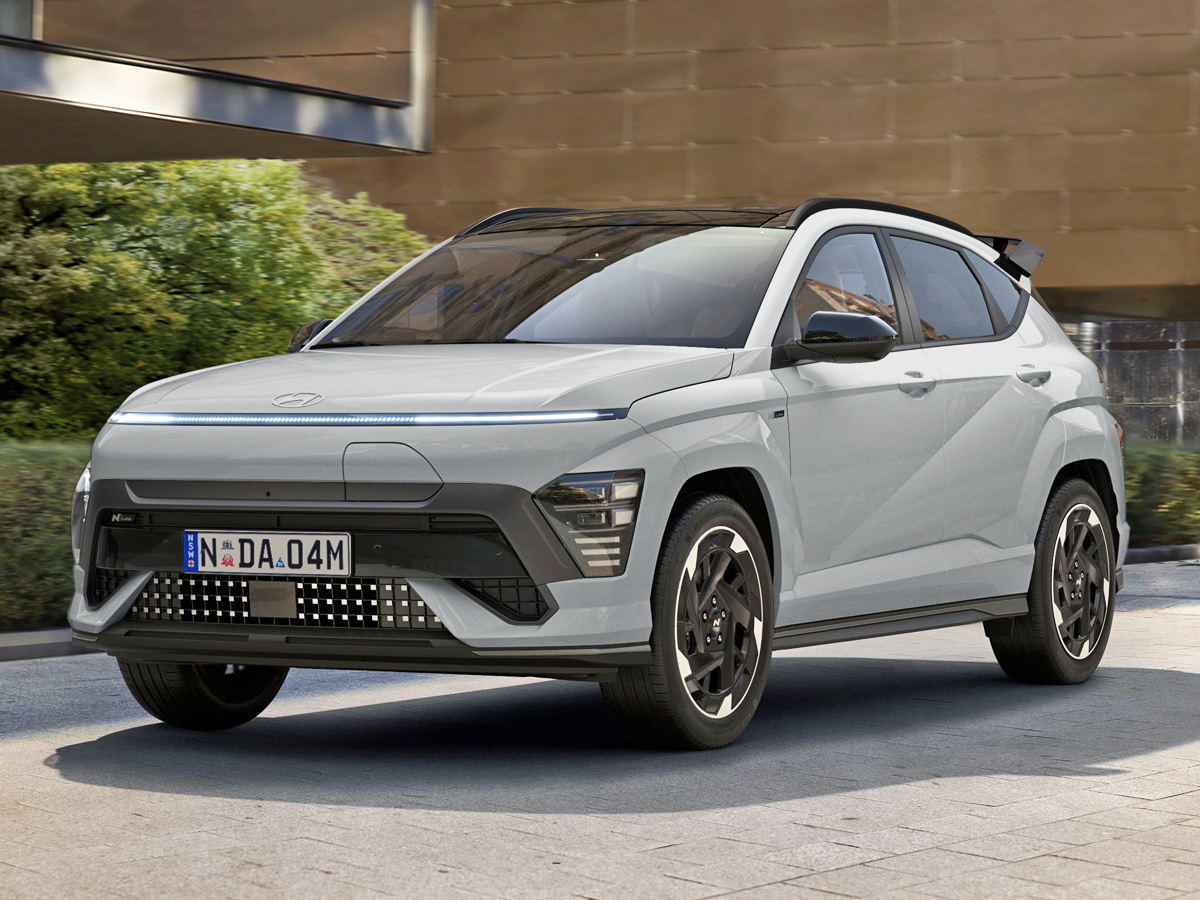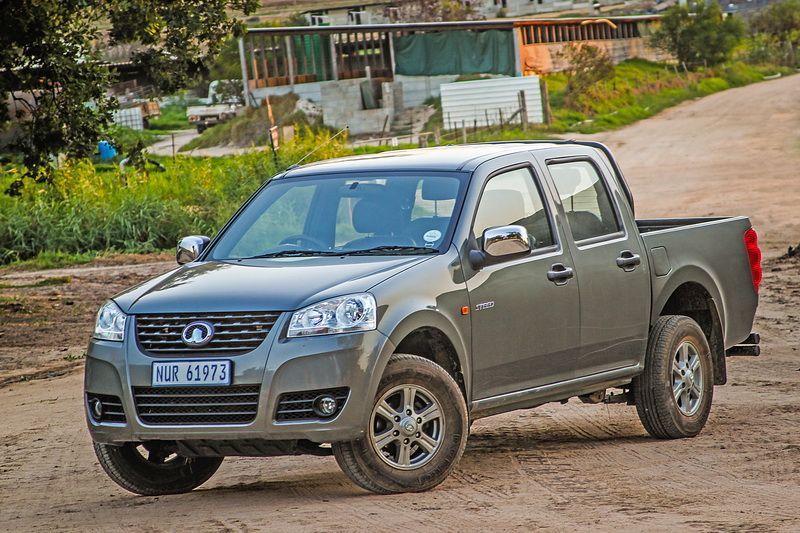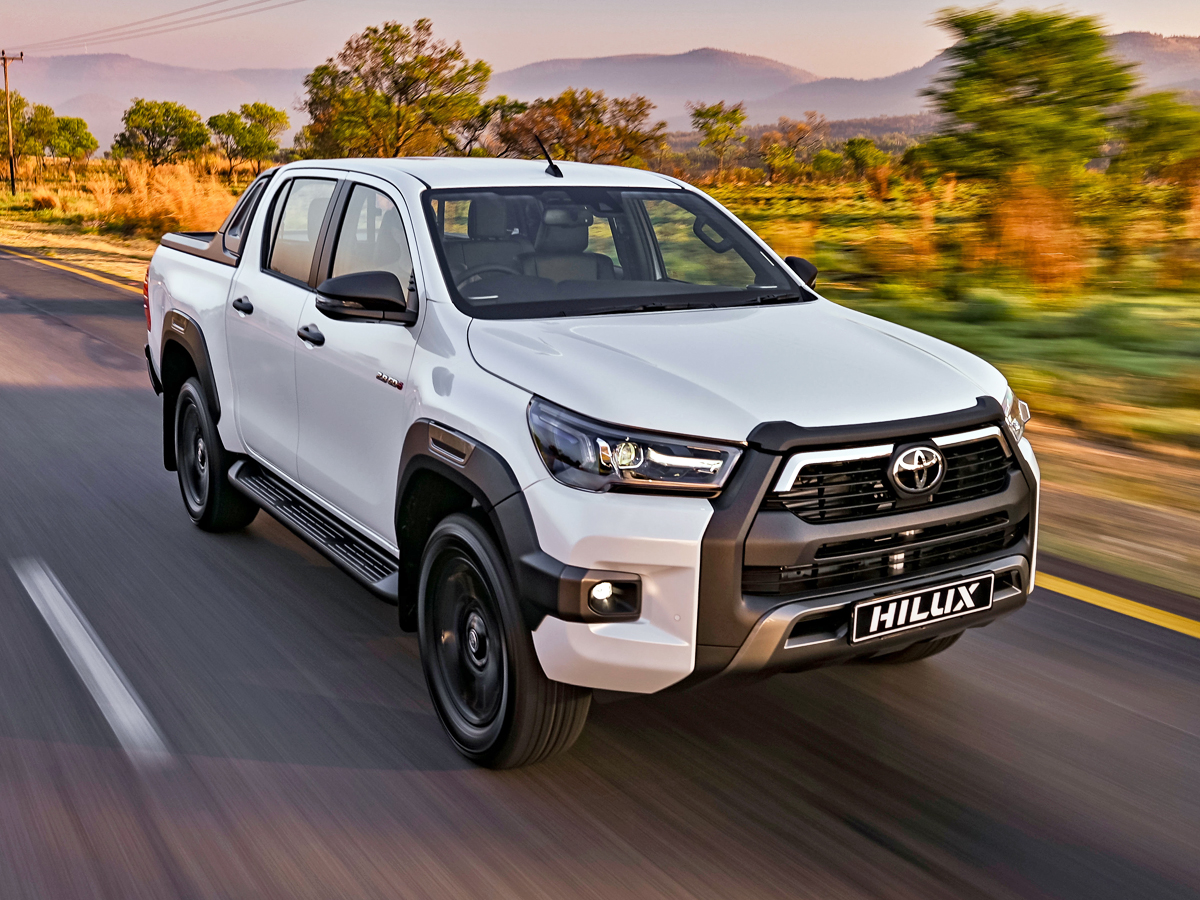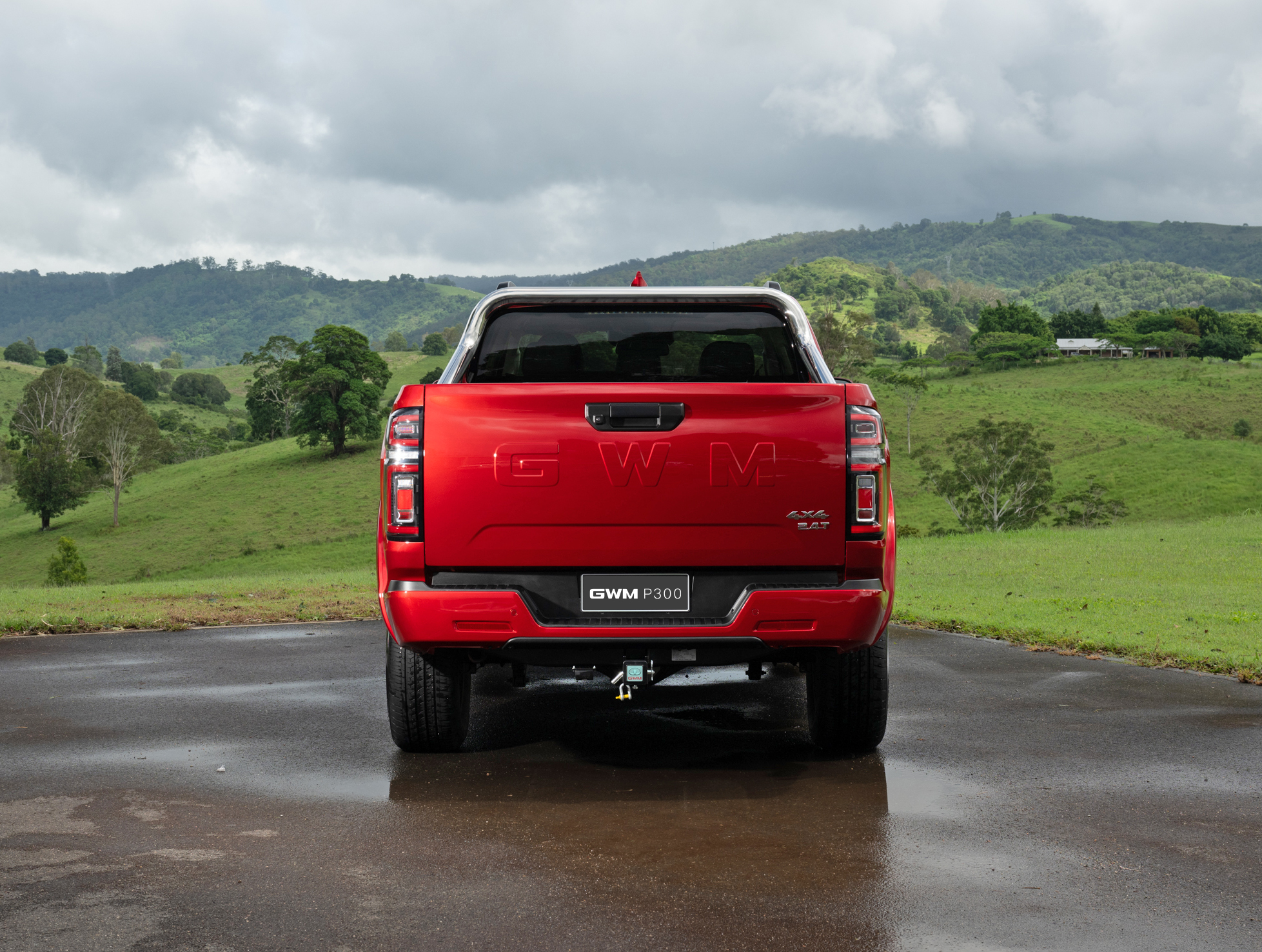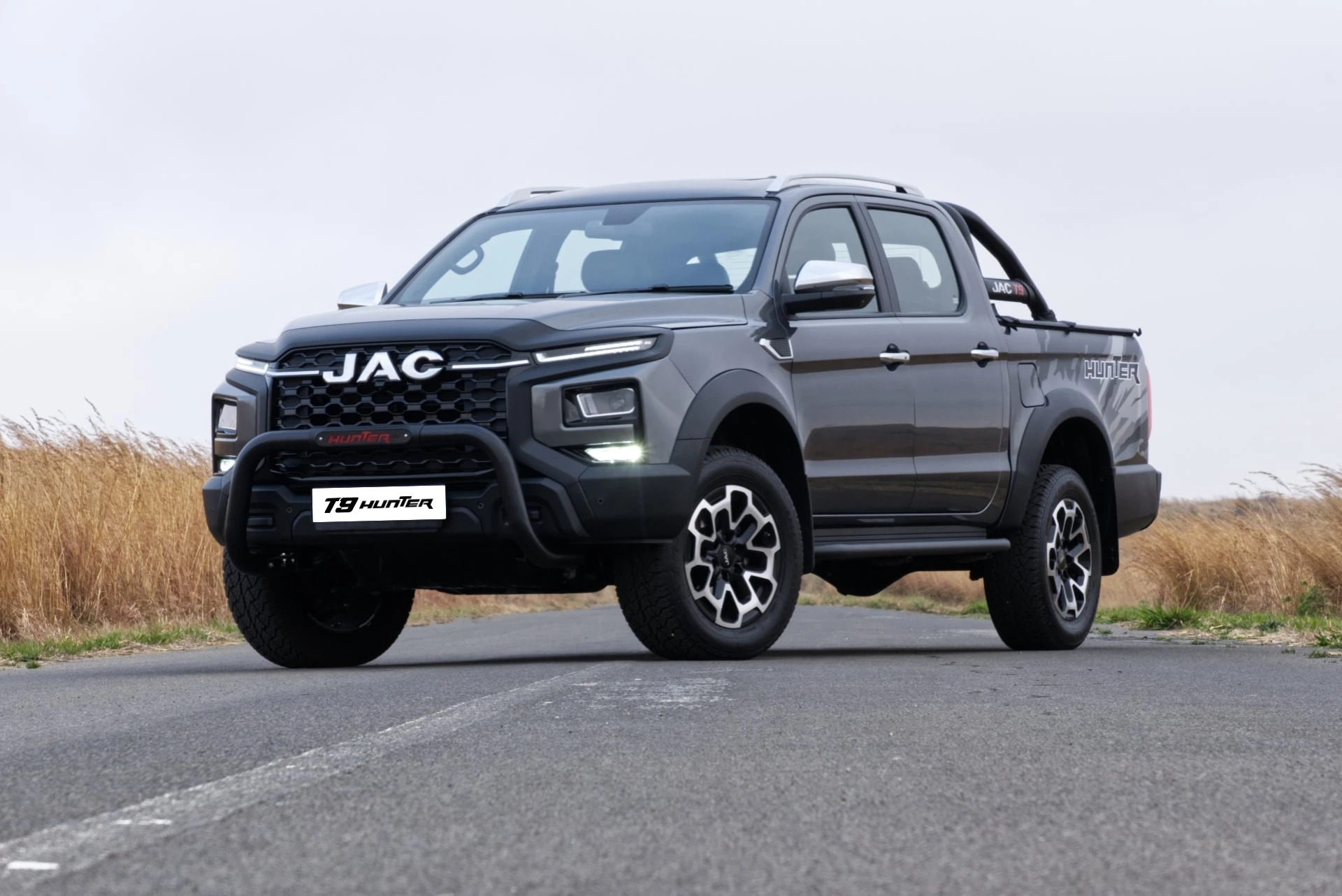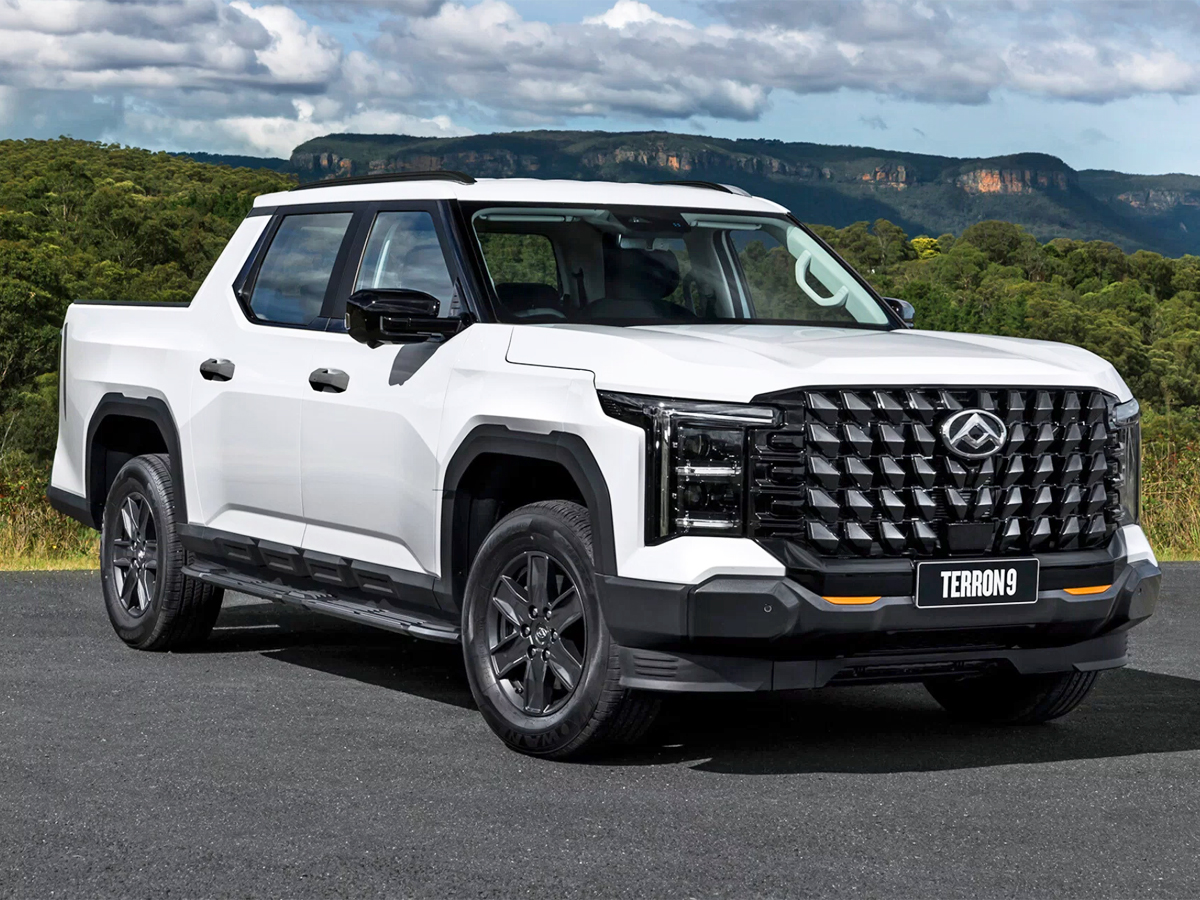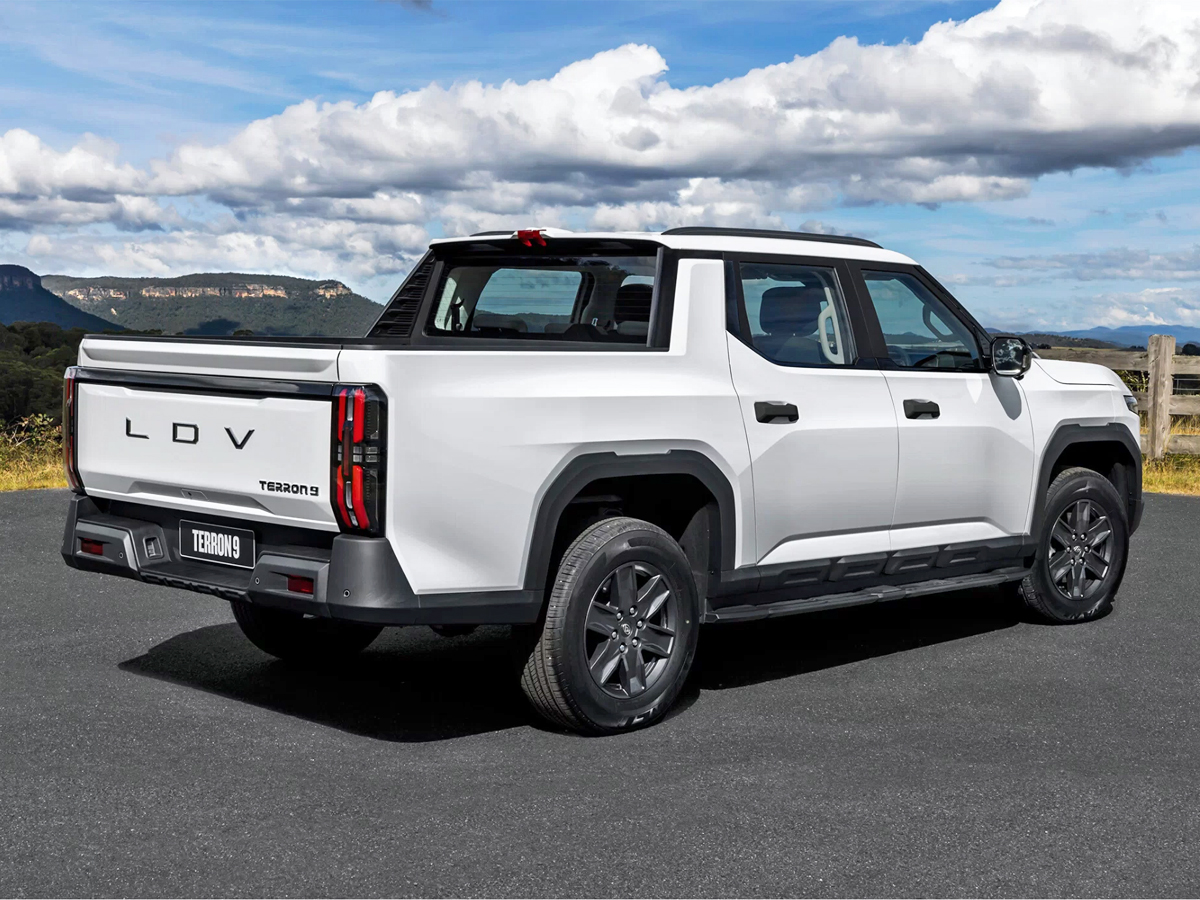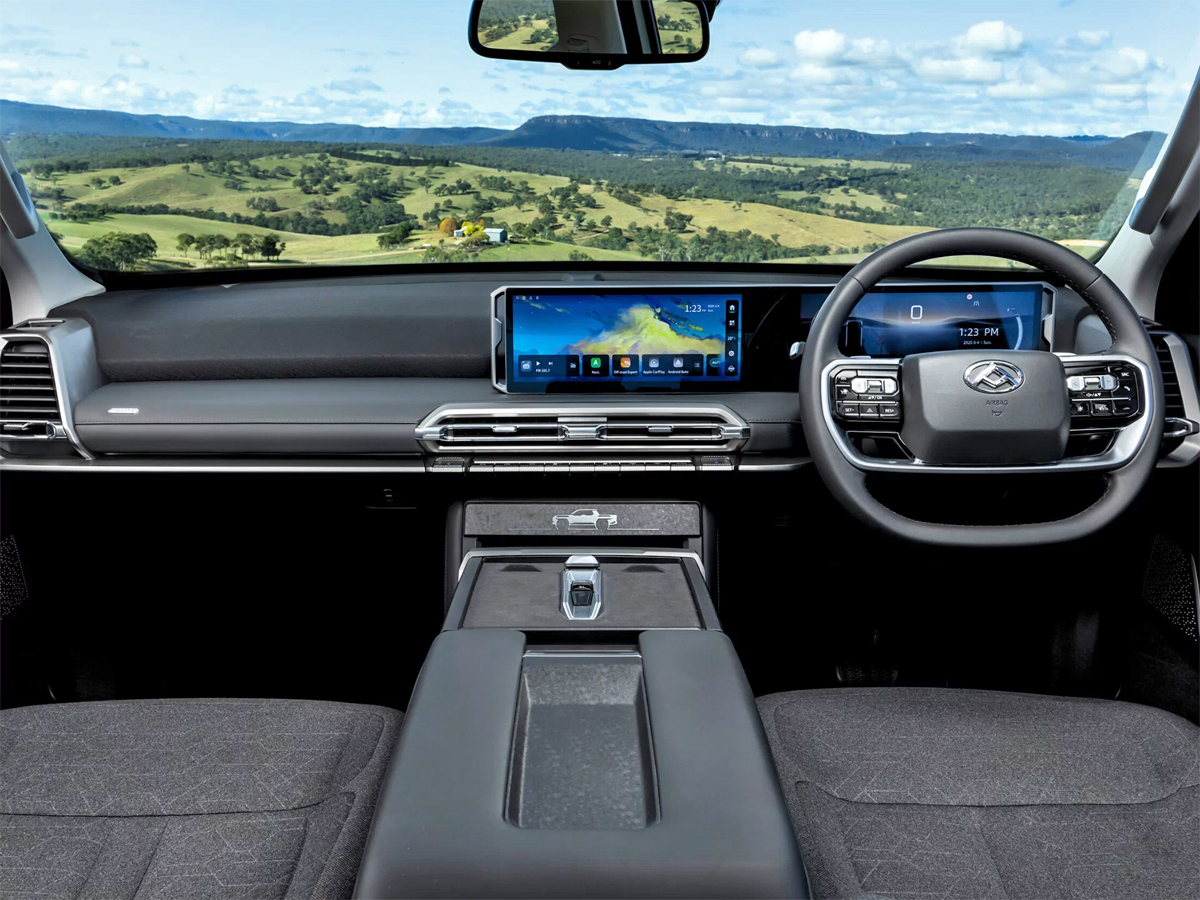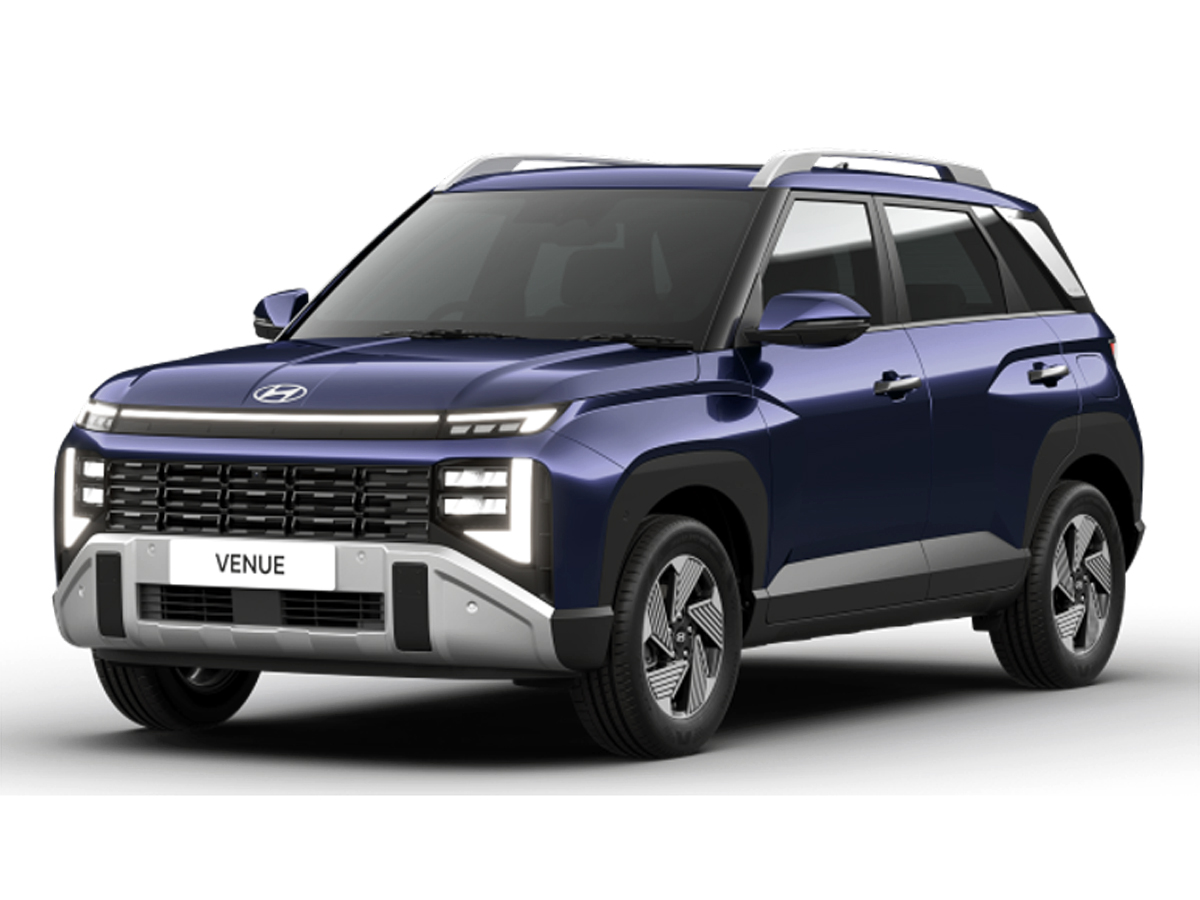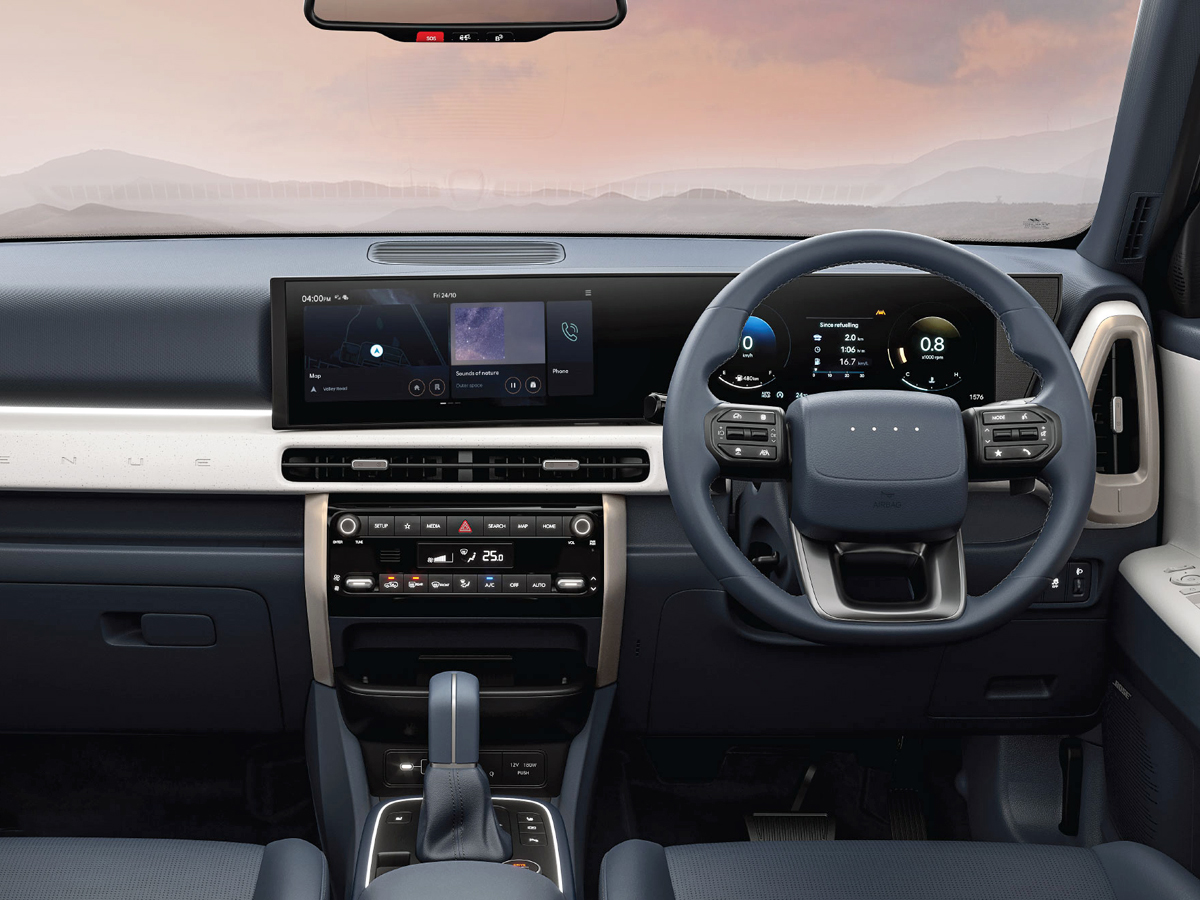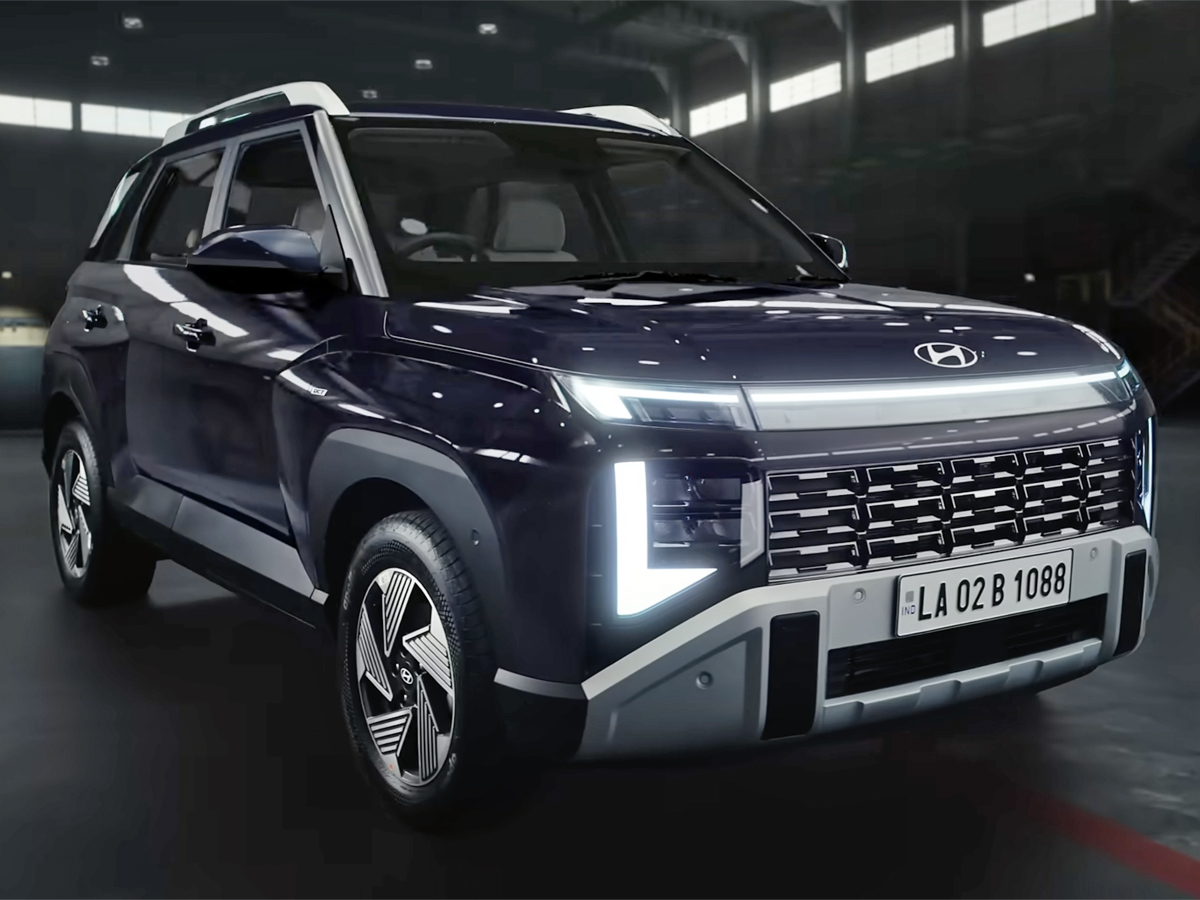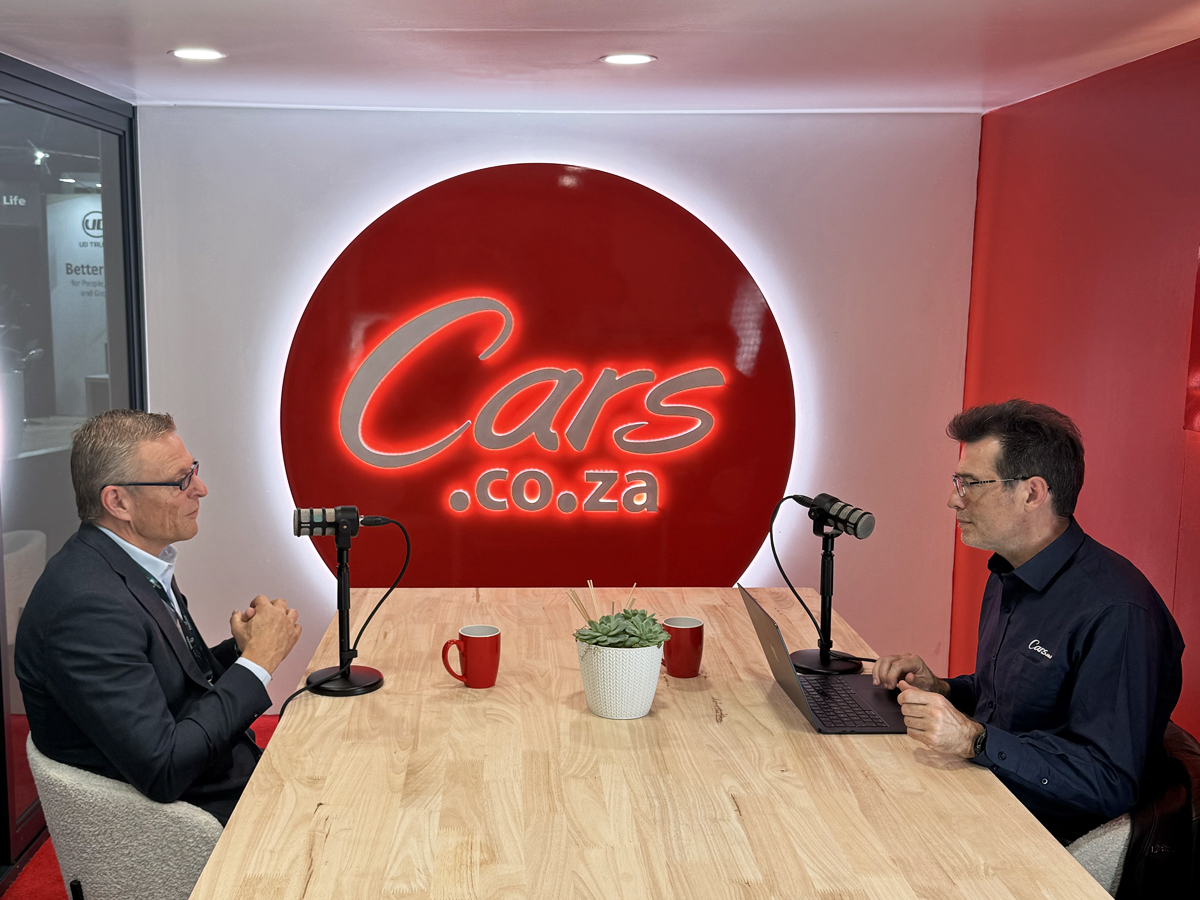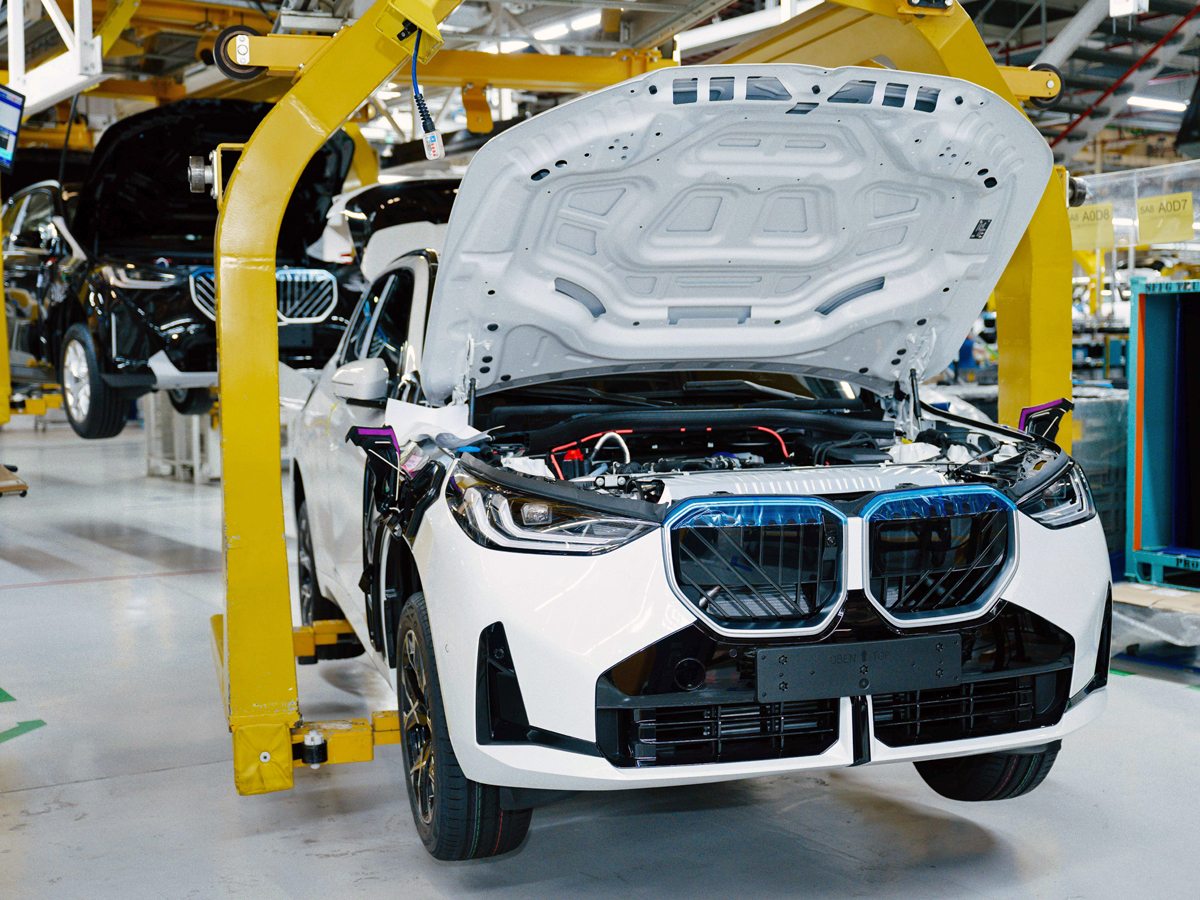Tata’s local CEO on competing with the Chinese
The head of Tata Motors Passenger Vehicles in South Africa says the Indian marque is well positioned to compete with the various new Chinese brands on the local market…
- Tata to “carve out its own piece” of the SA market
- Local boss sees 5-door hatch segment as critical
- Plans to leverage JLR-sourced platform as well
The man tasked with running Tata Motors Passenger Vehicles in South Africa says the Indian brand is well positioned to “carve out its own piece” of the local market, despite an influx of new Chinese competitors.
Thato Magasa, CEO of Tata Motors Passenger Vehicles in South Africa (and outgoing managing director of the likewise Motus-distributed Mitsubishi brand), made the comments during an interview conducted in Cars.co.za’s podcast booth at Naamsa’s South African Auto Week 2025 in Gqeberha in the Eastern Cape at the start of October.
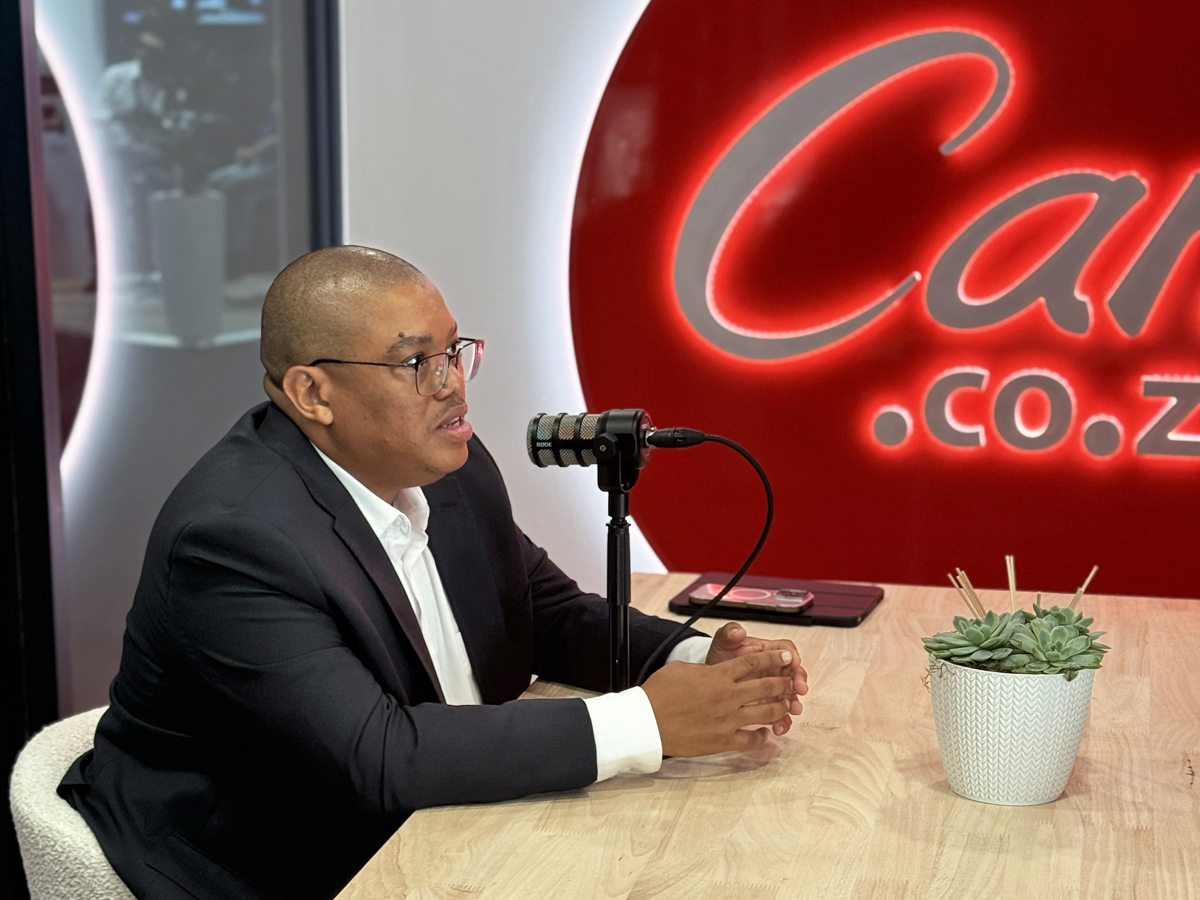
“Tata offers something very ‘differentiated’ in terms of new brands. Not only in how it was brought into the country – under Motus and the business model that it follows – but also in the fact that it’s able to speak across a wide range of segments,” Magasa said.
As a reminder, after a 6-year hiatus, the Tata brand returned to South Africa’s passenger-vehicle market at the start of September 2025, kicking off its local operations with the launch of the Tiago hatchback, Punch small crossover, Curvv coupé-style crossover and Harrier turbodiesel SUV. Motus Holdings serves as the brand’s official distributor.
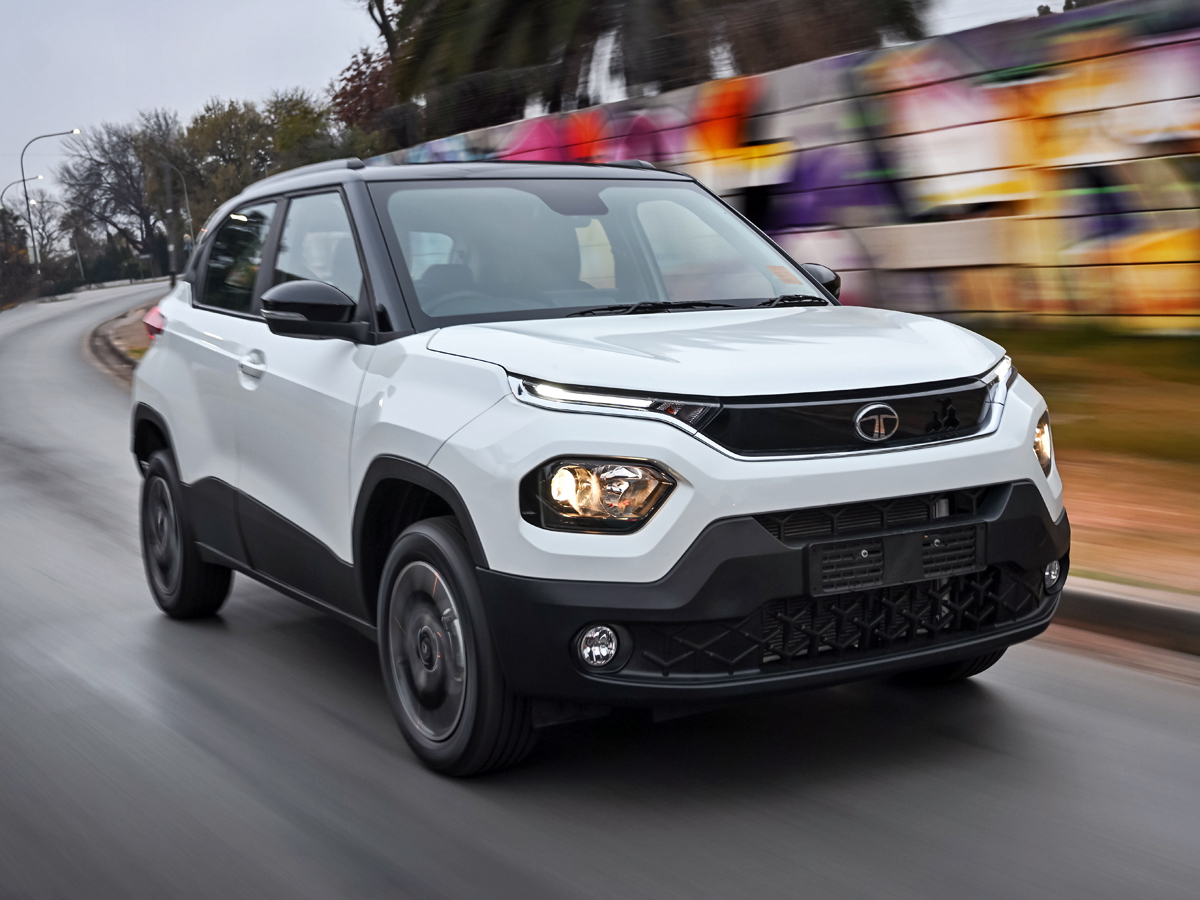
“[I’m] especially speaking [about the] 5-door hatch and subcompact SUV [segments], where not a lot of new entrants have been able to come into South Africa and offer something compelling [at] those particular price points,” he added, referring to the segments in which the Tiago and Punch play.
“From that perspective, Tata [will] carve out its own piece [of the market] and be able to compete [thanks to] advanced technology, high safety ratings and affordability,” Magasa said, adding that the brand’s models all boasted “4- to 5-star” Global NCAP crash-test ratings.
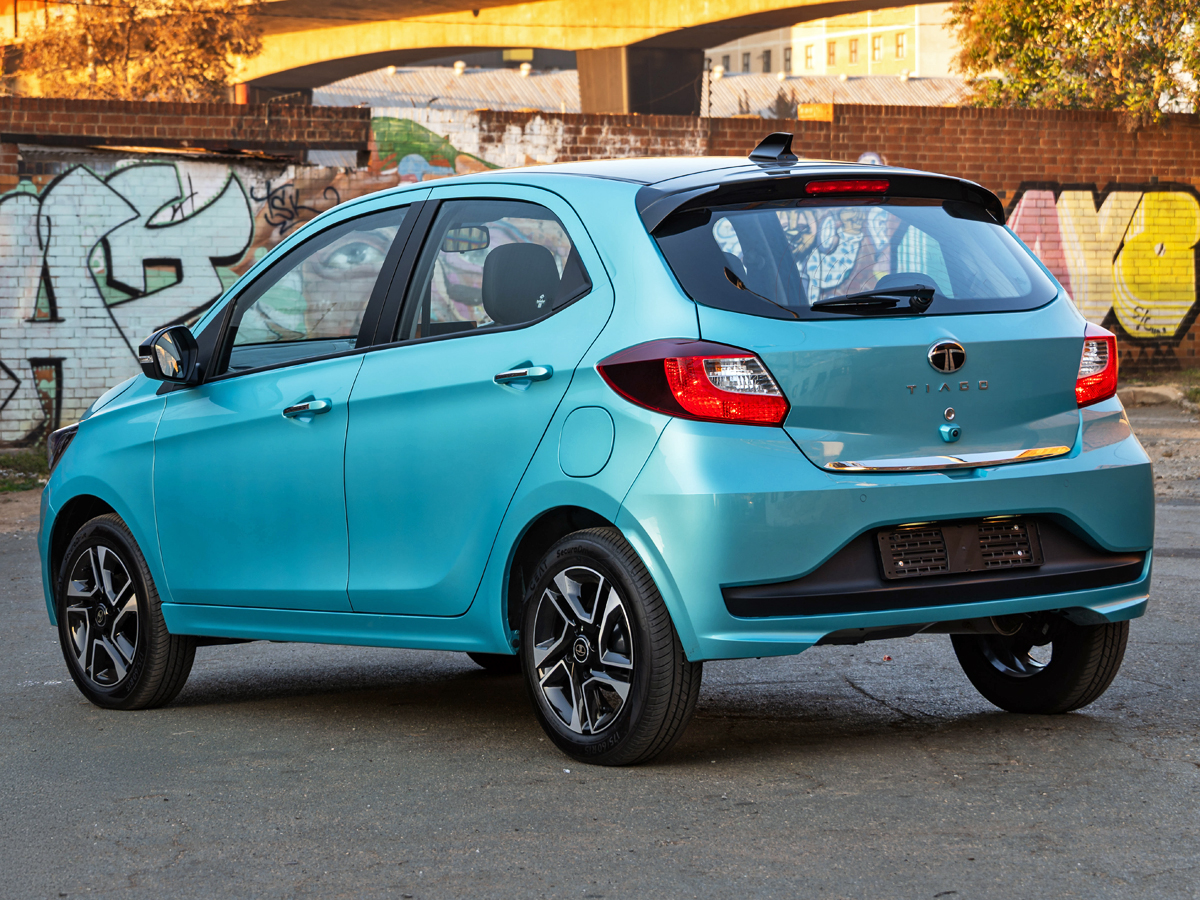
Though crossovers continue to find favour among local buyers, Magasa pointed to the budget 5-door hatchback segment – one as yet largely untapped by the Chinese – as a still-critical element of the new-car market in South Africa, saying this sector “has to stay in South Africa and will stay for some time”.
“That’s why we find that 5-door hatches coming from India from some of the other brands that might not have their home base as India – it might be Japan or whatever the case may be – have been able to do quite well in South Africa, because there’s a big need for new vehicles with good safety credentials at affordable prices,” he said, seemingly making reference to the likes of Toyota and Suzuki.
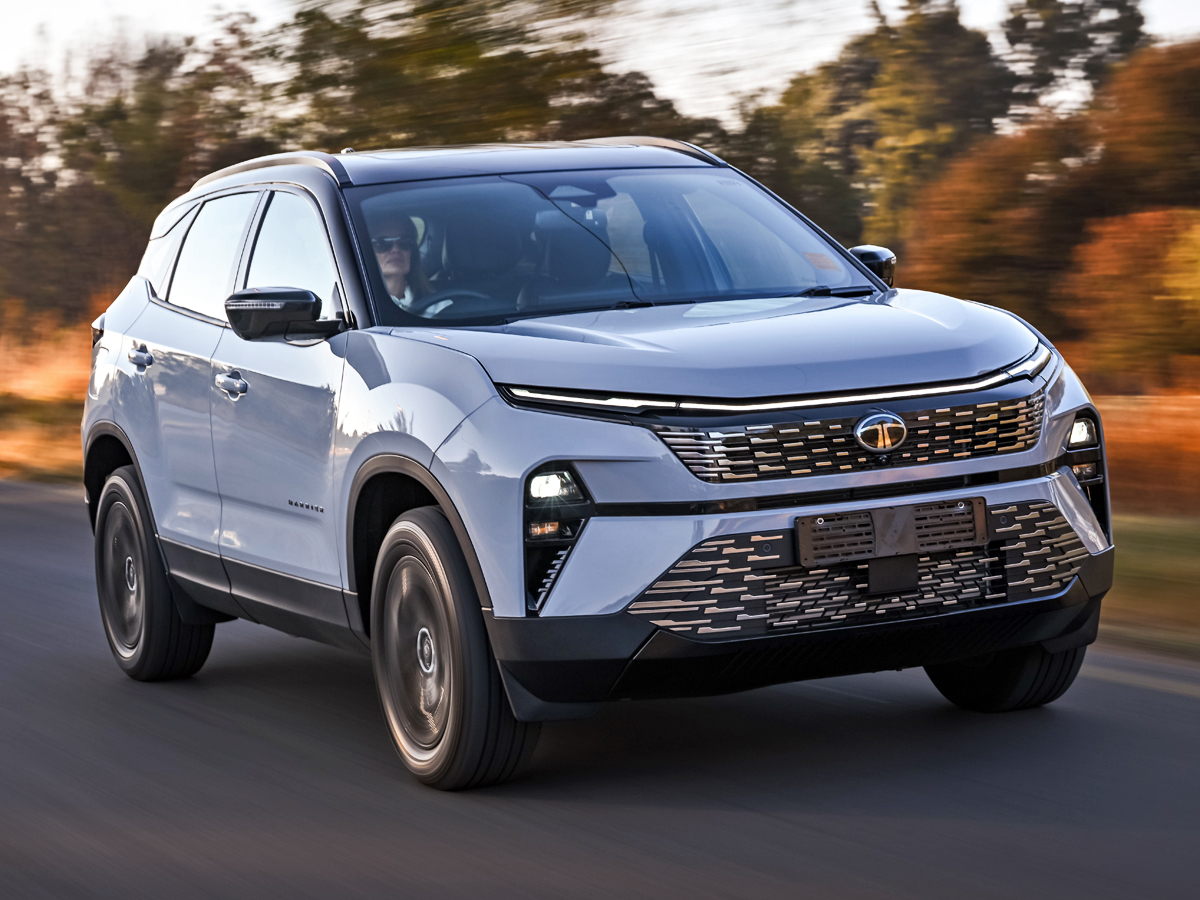
The local boss furthermore suggested the Indian brand would have an advantage over new Chinese brands thanks to the fact Tata Motors owns Jaguar Land Rover. The Omega Arc platform that underpins certain Tata-badged SUVs is, of course, derived from the Land Rover D8 architecture.
“The other part we’re quite excited about is the SUVs that are built on the Omega [Arc] platform – which is a JLR [Jaguar Land Rover] platform. We’re quite excited to see how those SUVs are going to grow in the South African market,” he said, adding that “people are taking quite well to Harrier”.
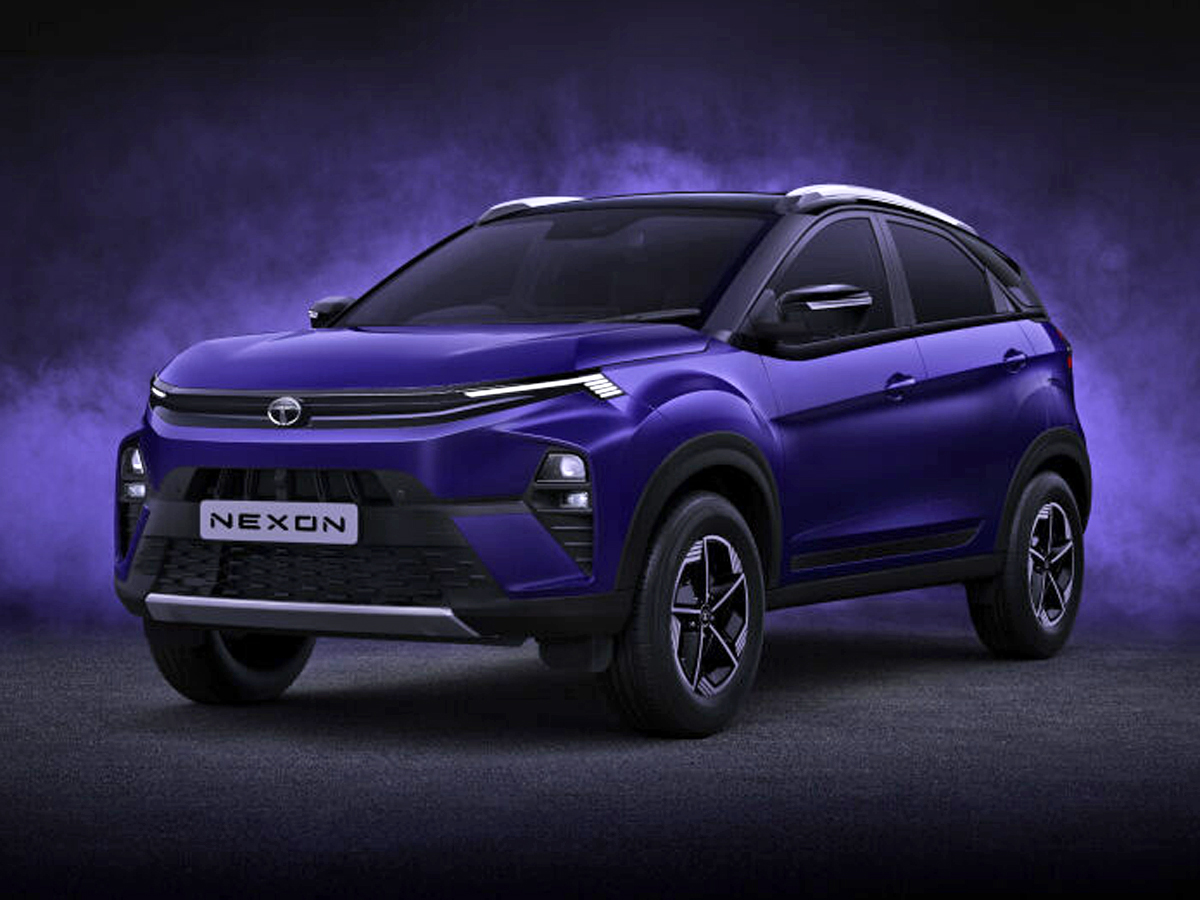
“We’re planning, of course, to launch the Sierra next year [2026], which will look sort of like a Land Rover as well. So, we’re quite excited about the range of vehicles that Tata has to offer and the fact it doesn’t box itself into a limited segment.”
As we reported in September 2025, the Tata Nexon looks likely to serve as the brand’s 5th introduction to the local market. According to our information, the Nexon is scheduled to arrive in South Africa in the opening quarter of 2026, with a market launch likely to take place in February of next year. The Sierra will then seemingly follow.
Frequently Asked Questions (FAQ)
Q: How does Tata Motors plan to compete with new Chinese brands in the South African market?
A: Tata plans to compete by offering differentiated models with high safety ratings (4- to 5-star Global NCAP) and affordability, focusing especially on the budget 5-door hatch and subcompact SUV segments where Chinese competitors are less established.
Q: What is Tata’s competitive advantage related to its ownership of Jaguar Land Rover (JLR)?
A: Tata Motors benefits from its JLR ownership by utilising the Omega Arc platform – which is derived from the Land Rover D8 architecture – to underpin certain Tata SUVs. This platform is used for models like the Harrier, giving Tata a perceived advantage over other new entrants.
Q: Which new Tata models have launched in South Africa and which are expected soon?
A: The brand returned to the market in September 2025 with the Tiago hatchback, Punch small crossover, Curvv coupé-style crossover and Harrier turbodiesel SUV. The Nexon small crossover is scheduled to arrive in early 2026 (likely February) and the Sierra SUV will follow later in 2026.
Related content
Nexon: the next Tata model for South Africa










